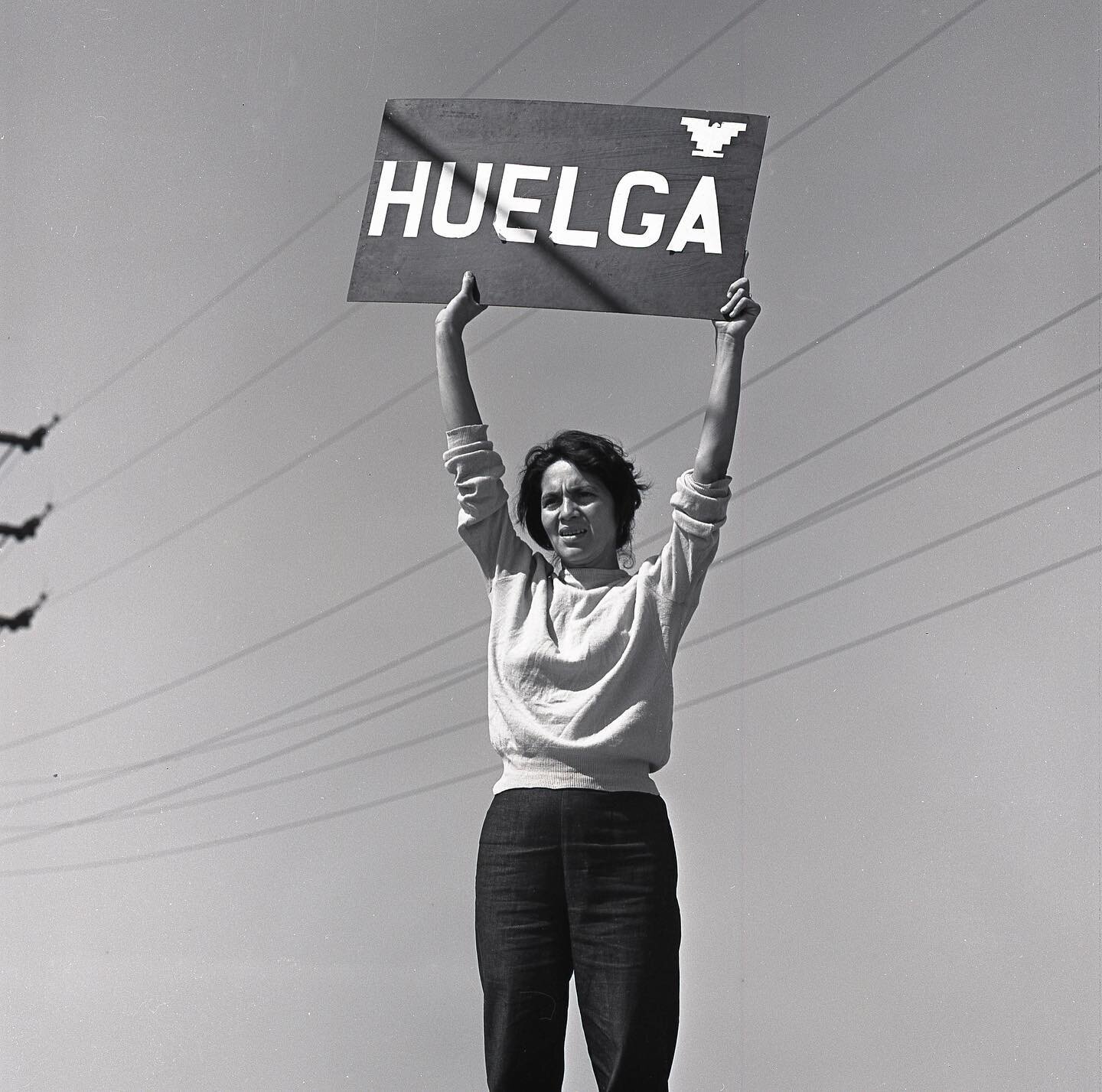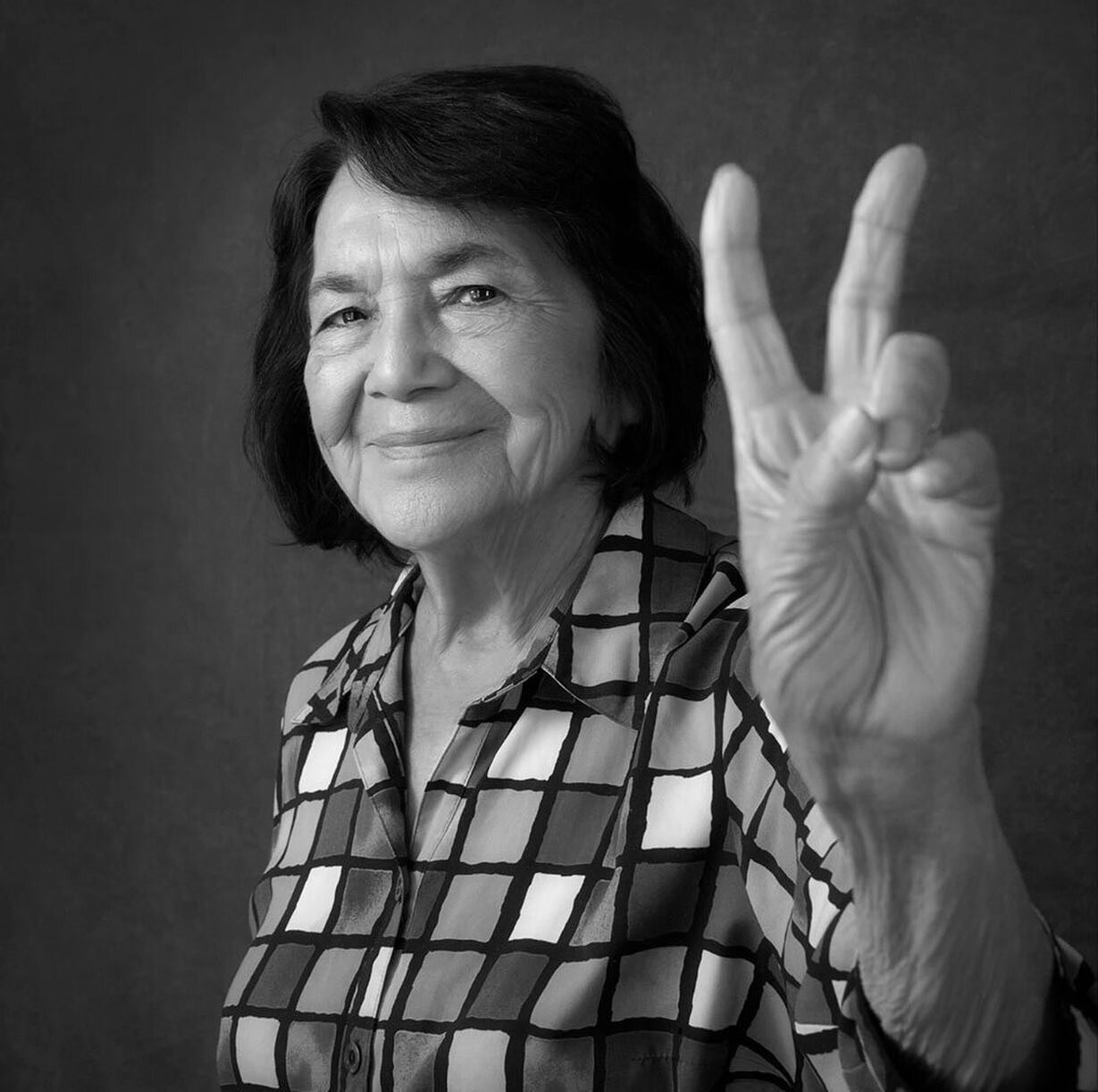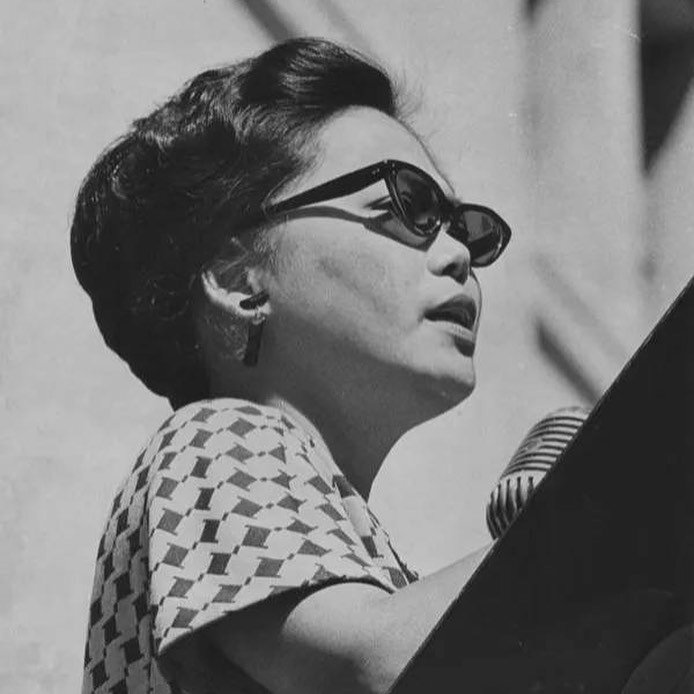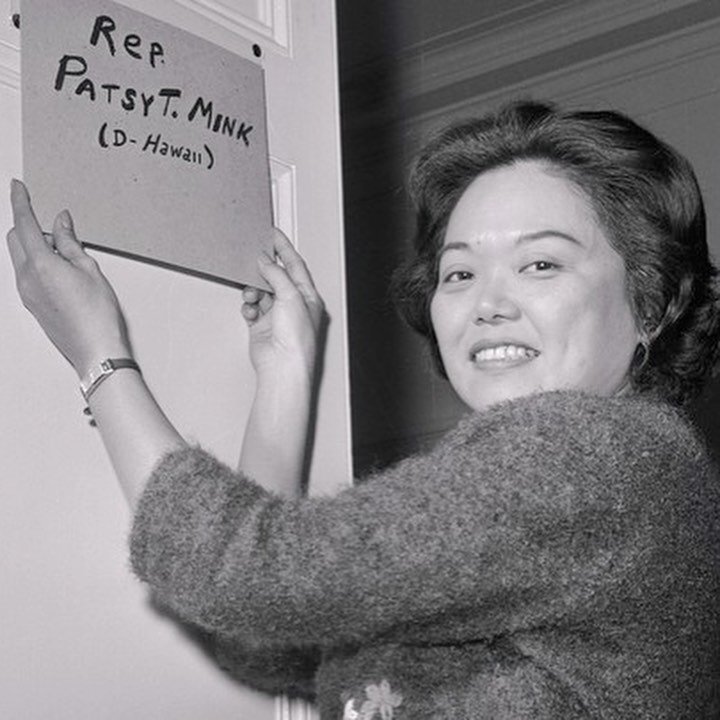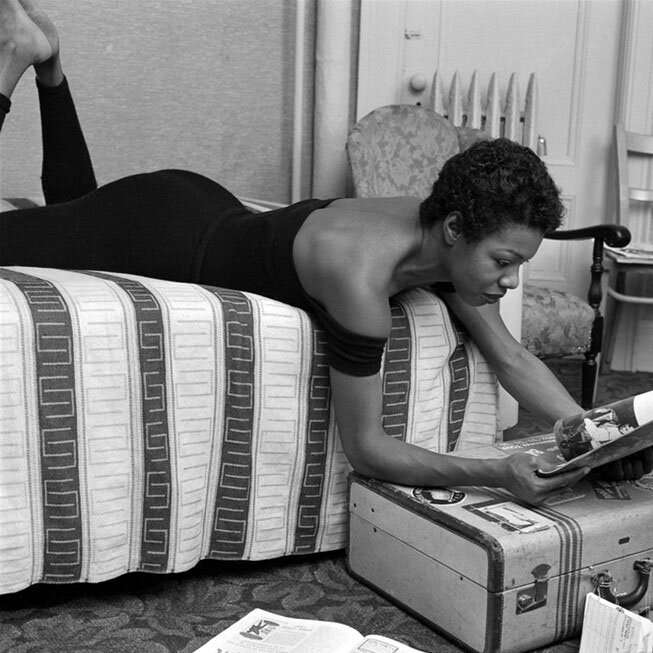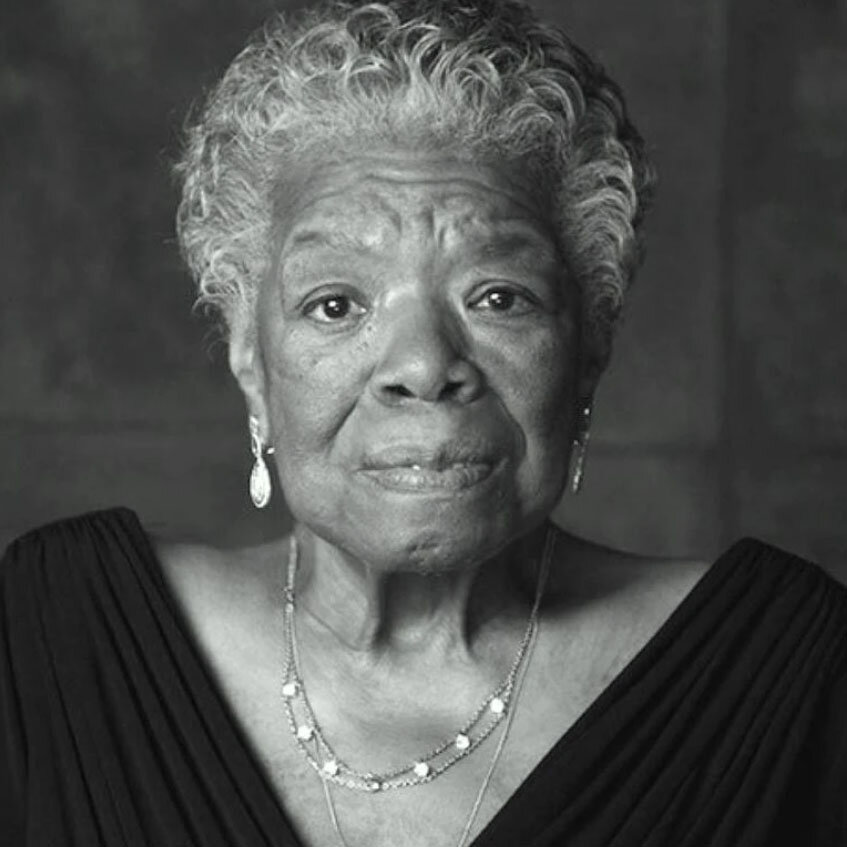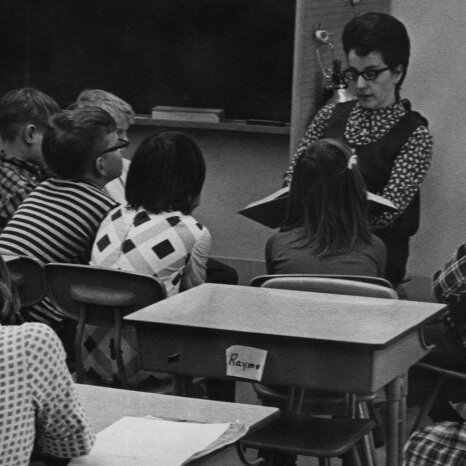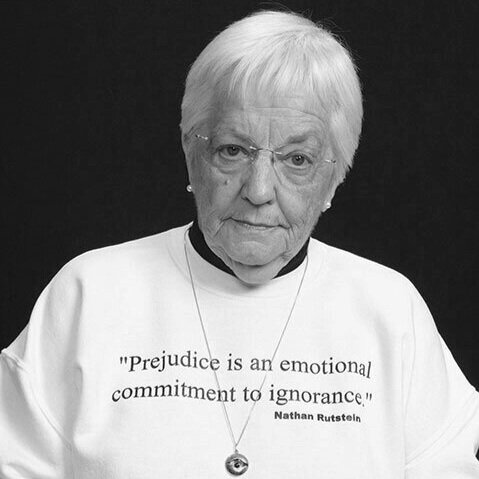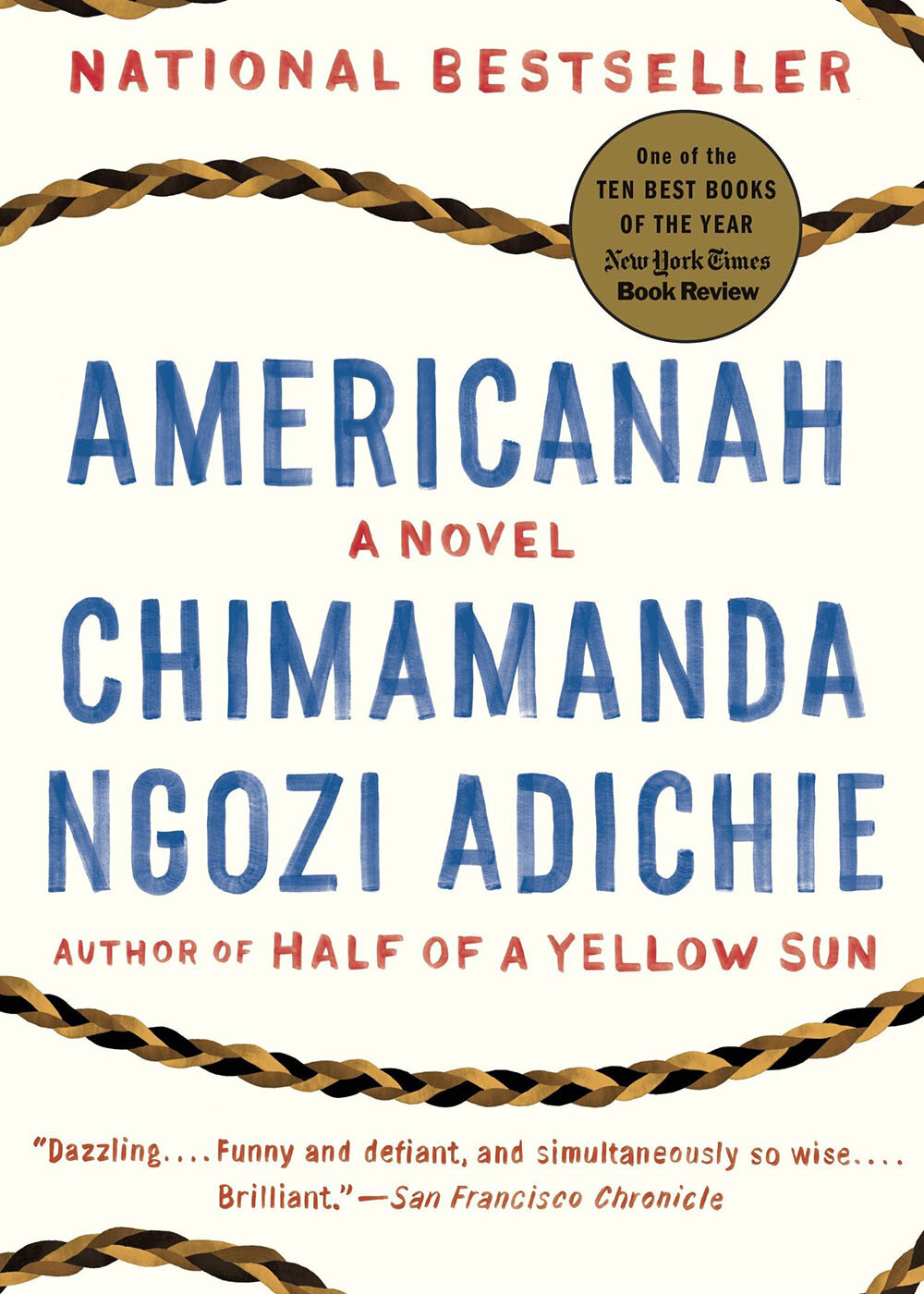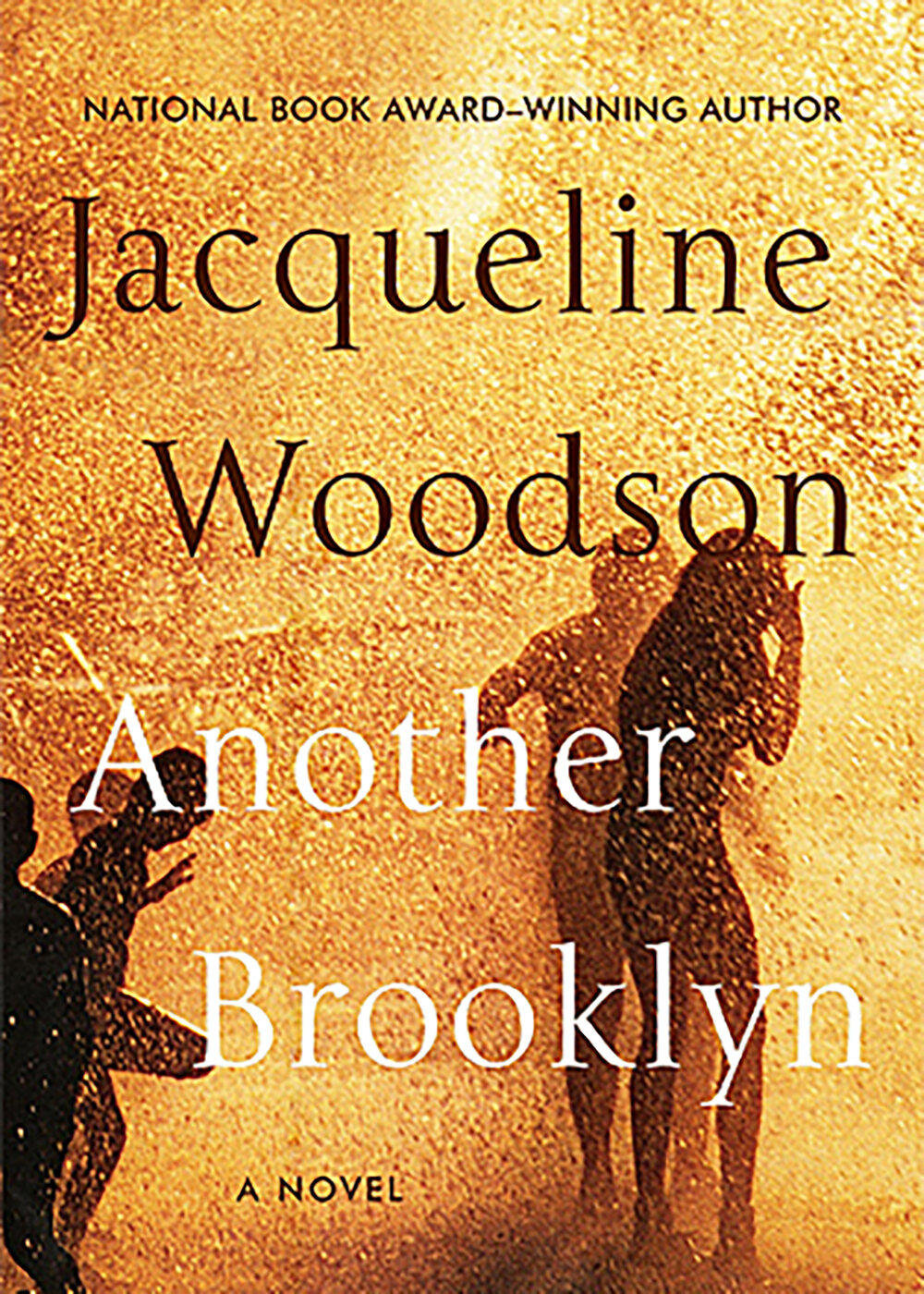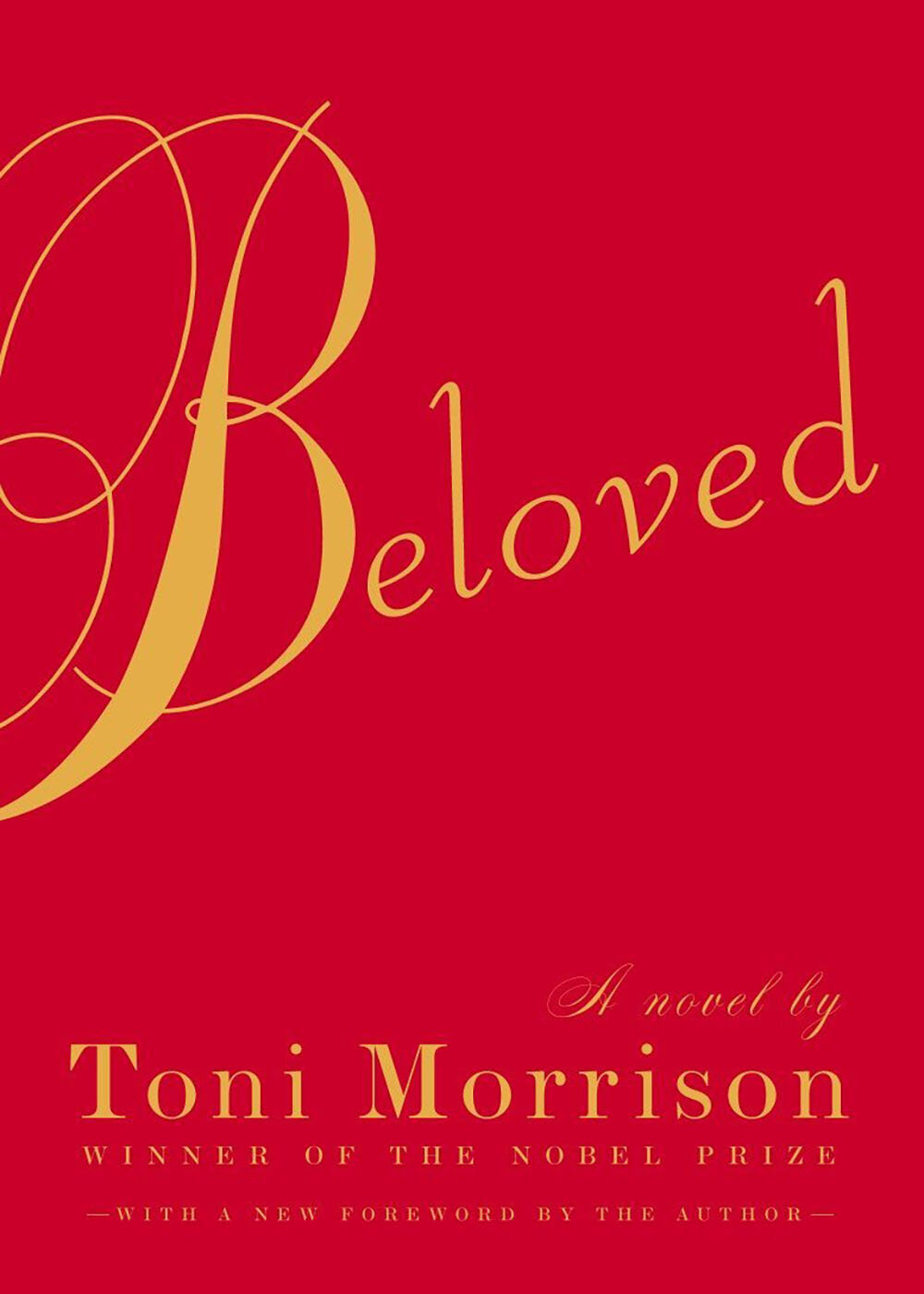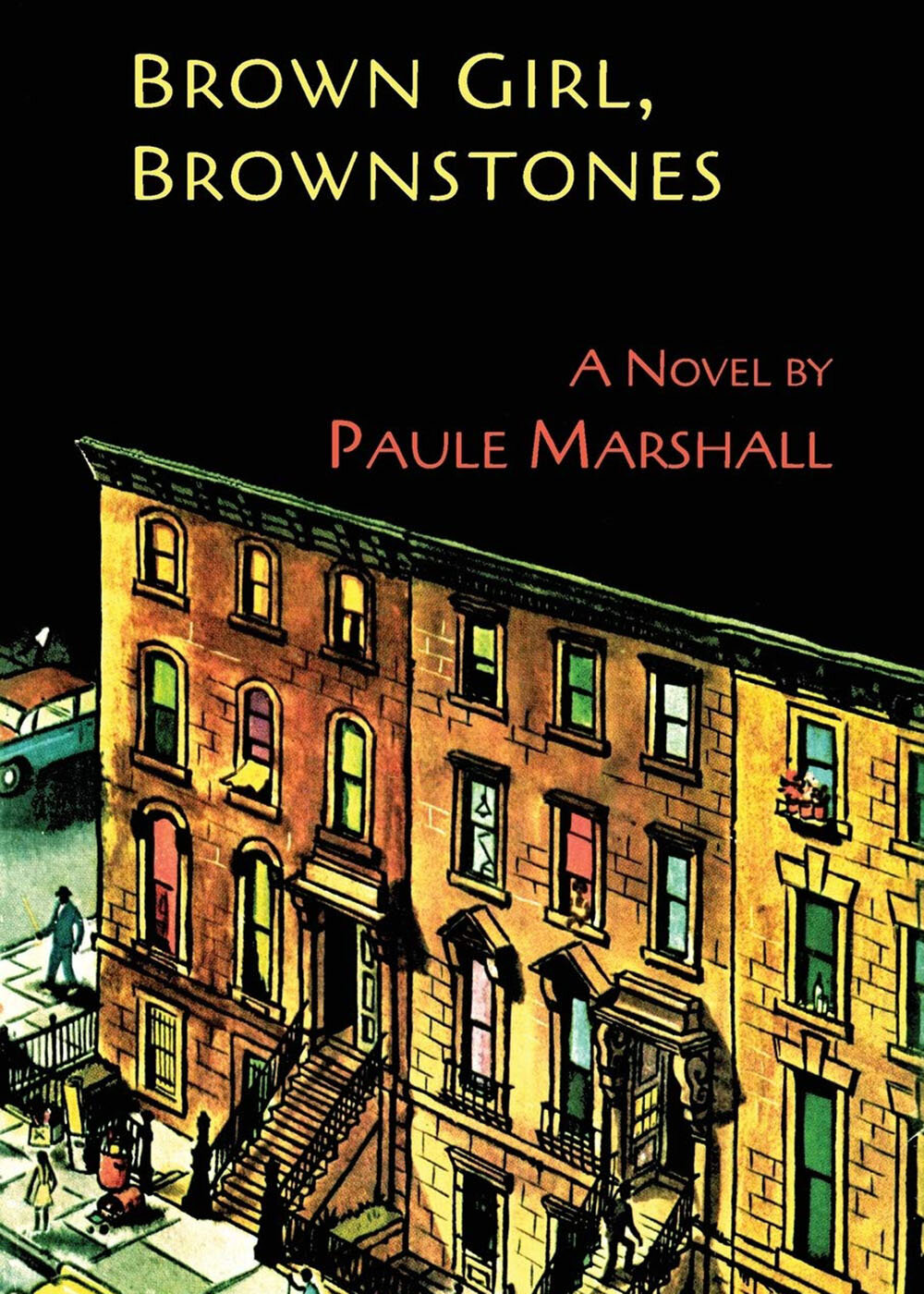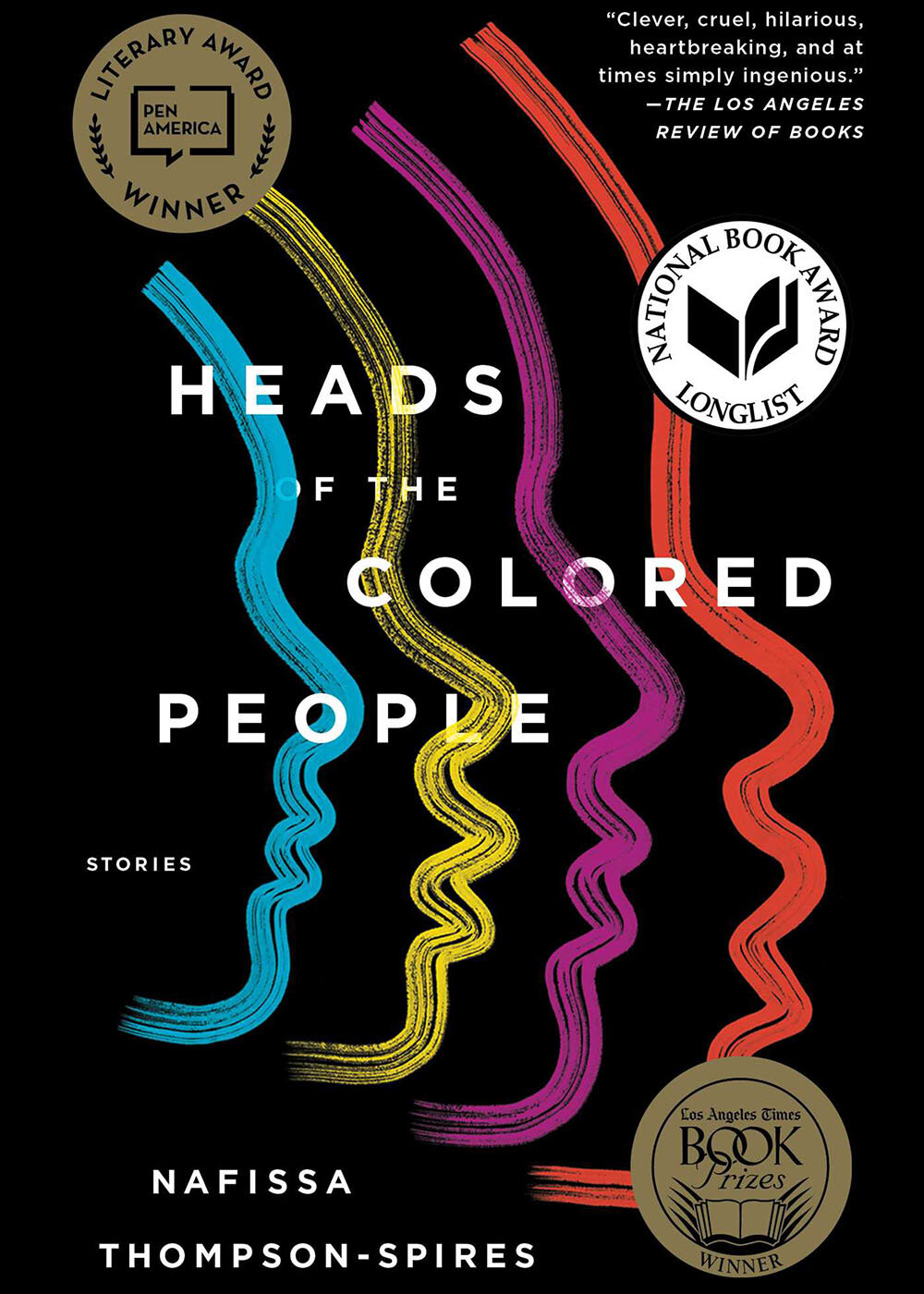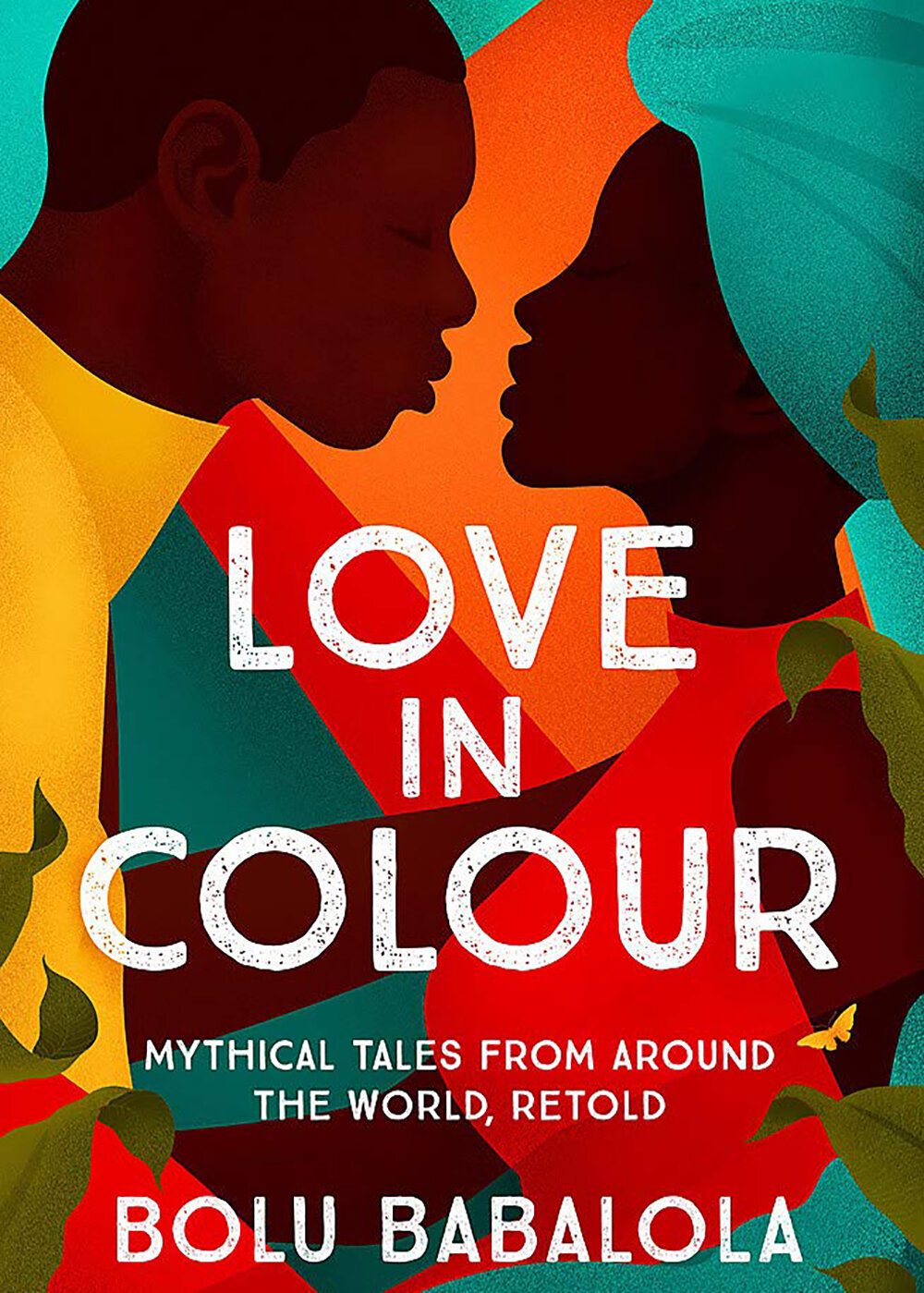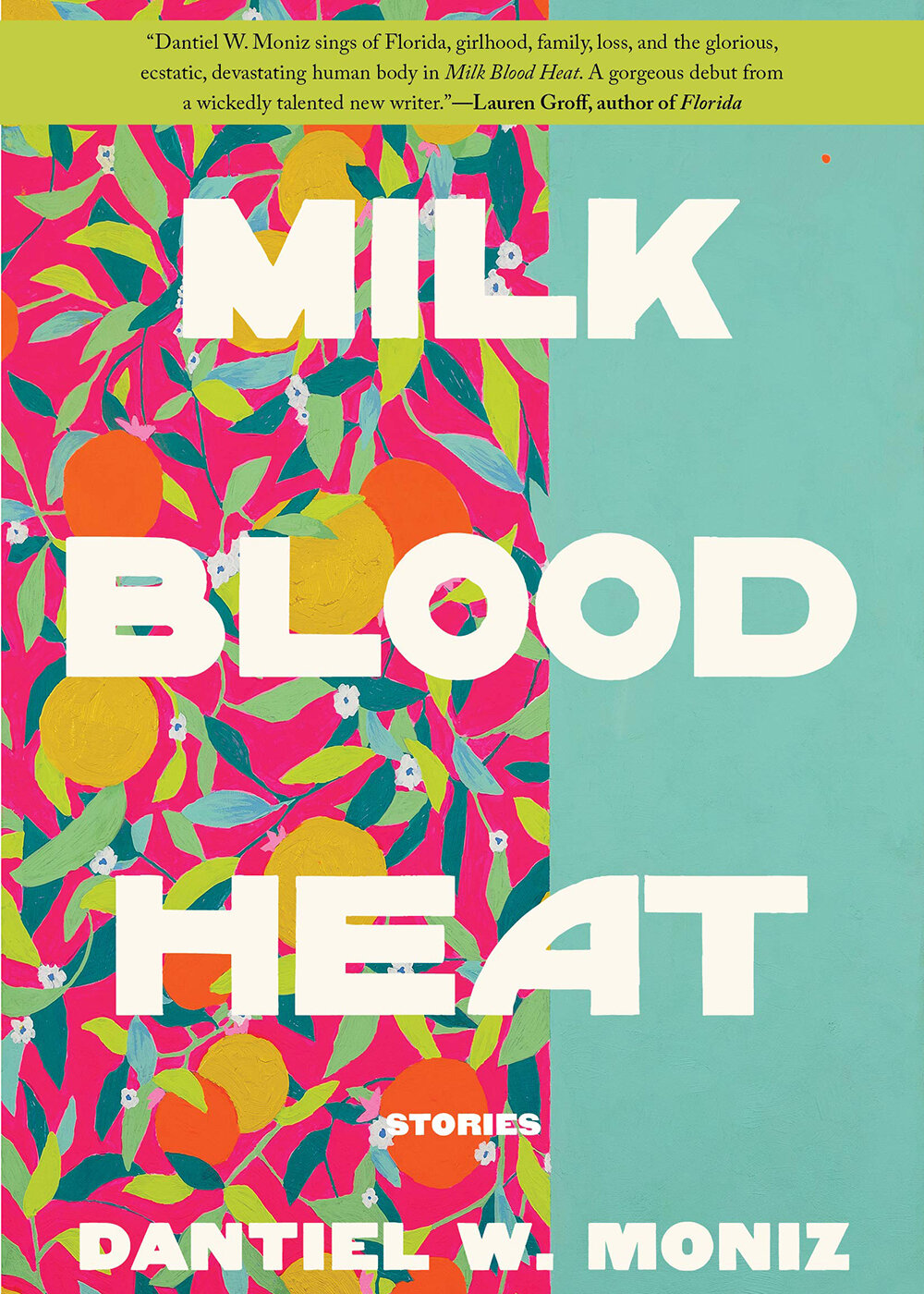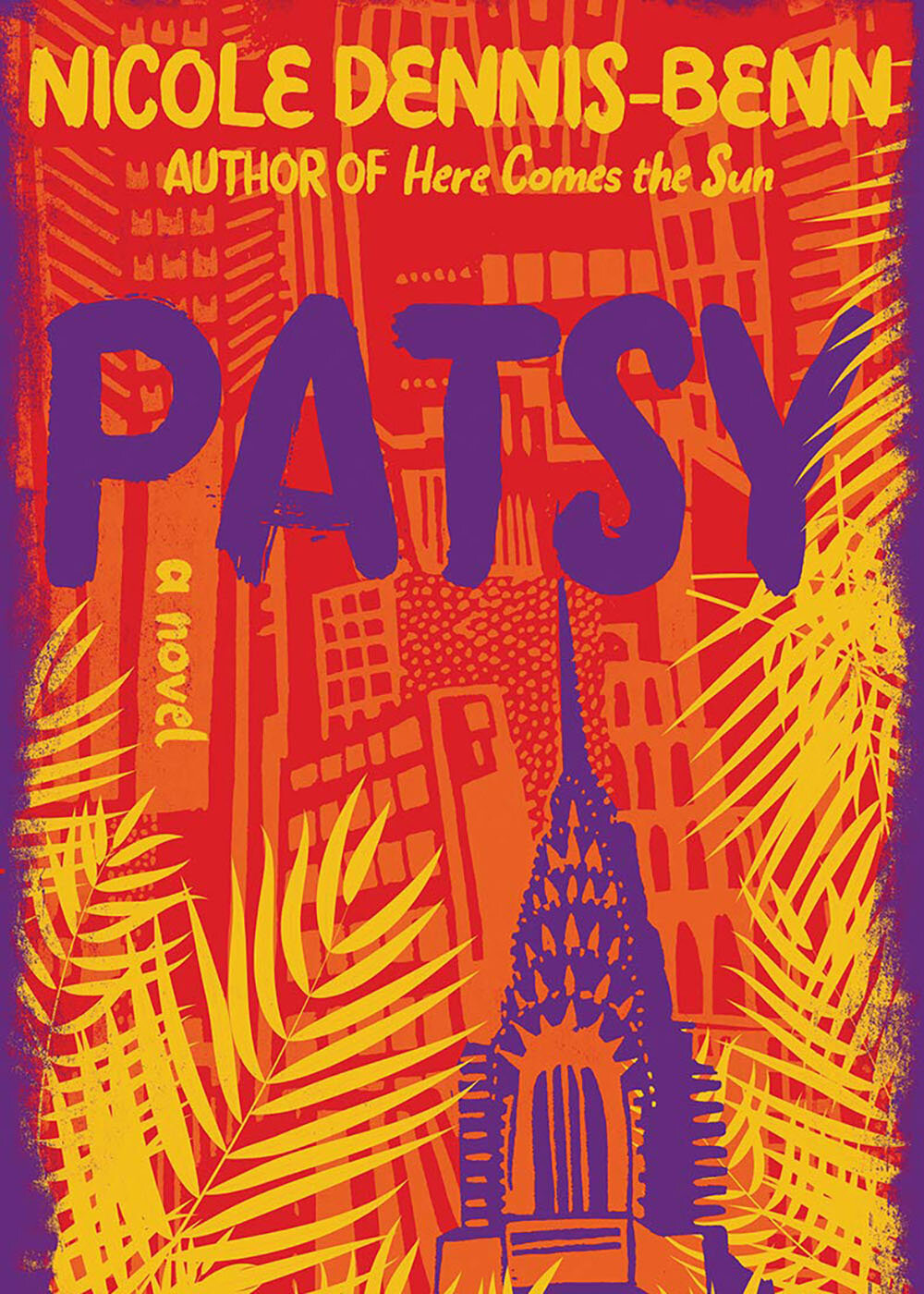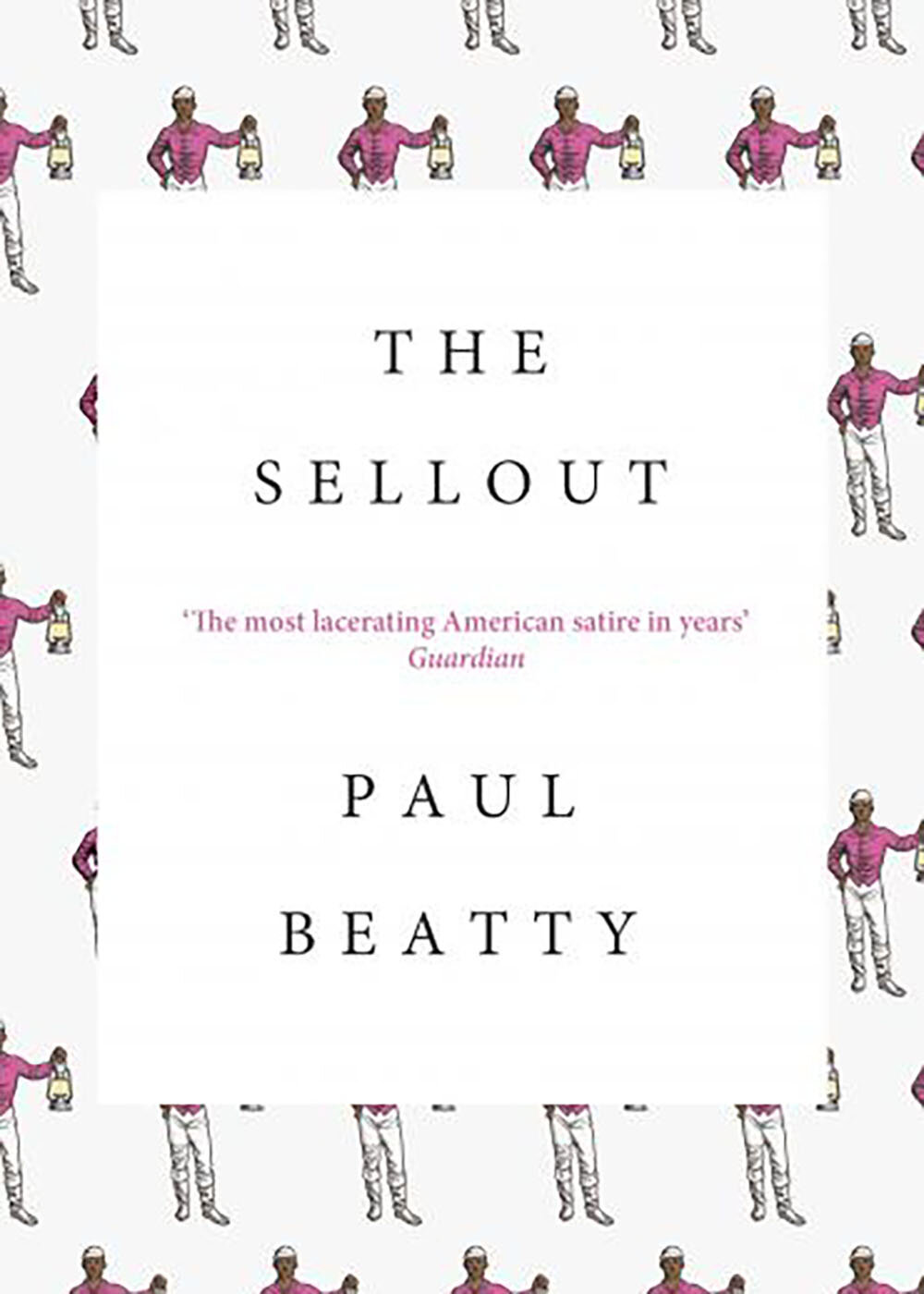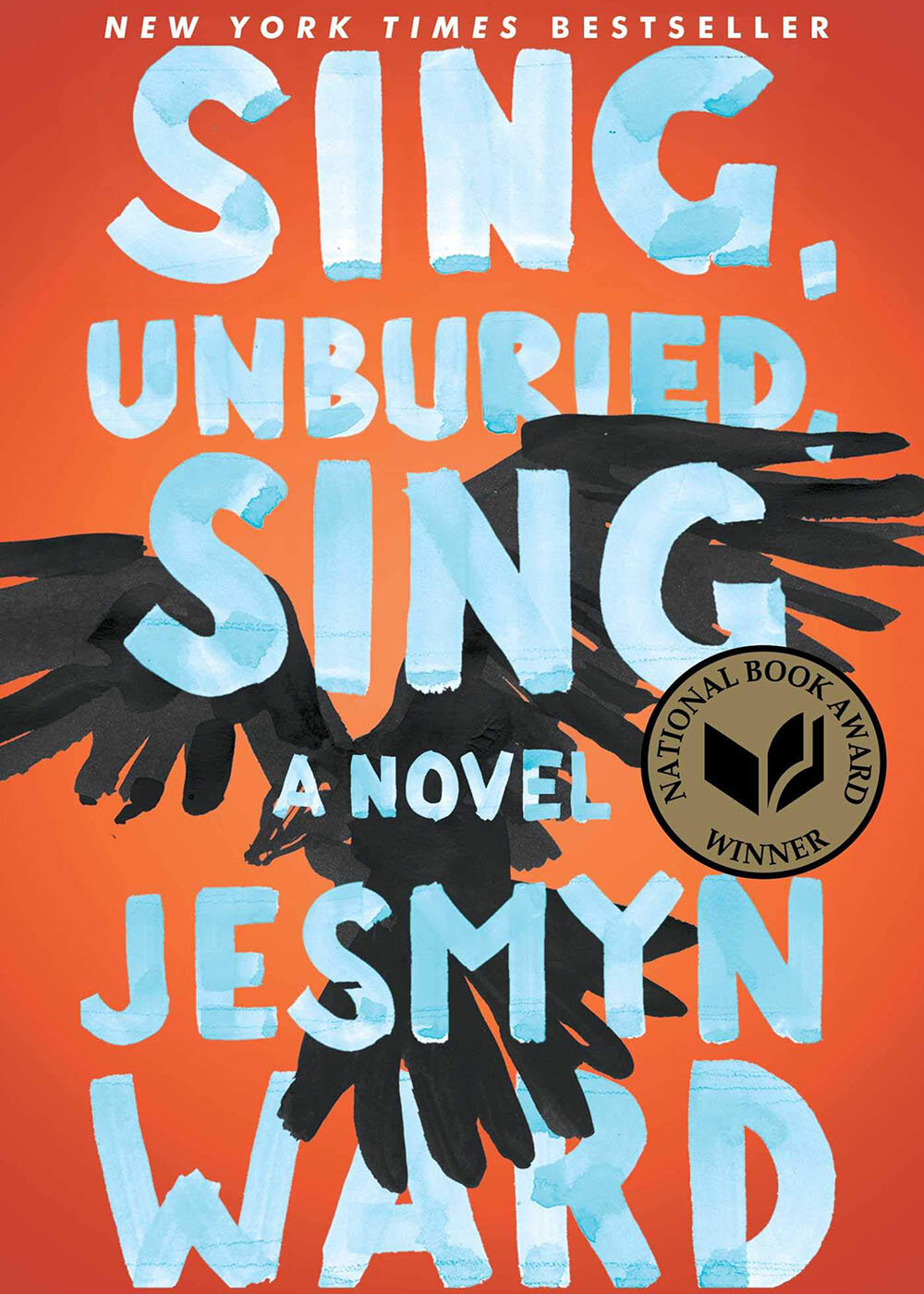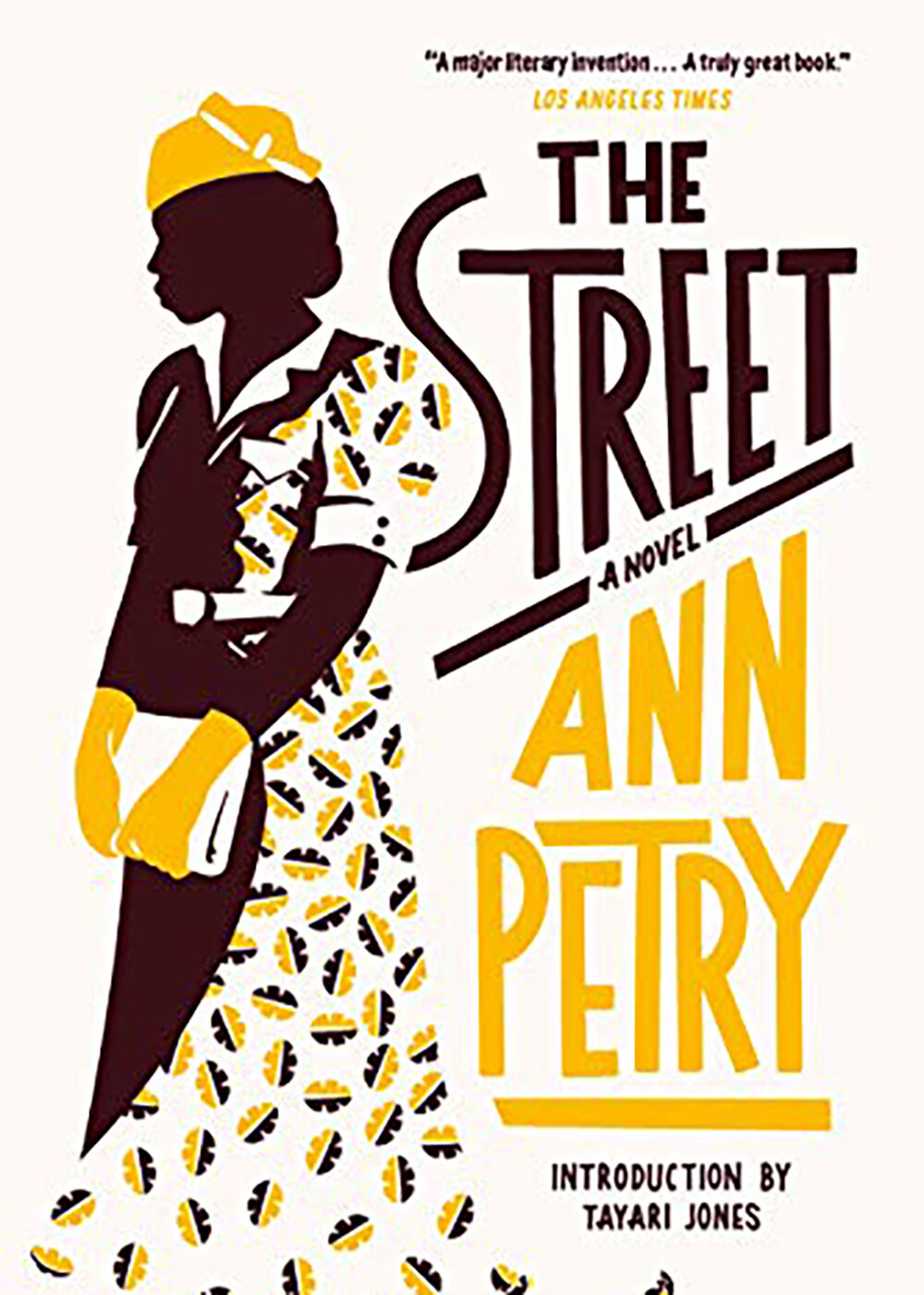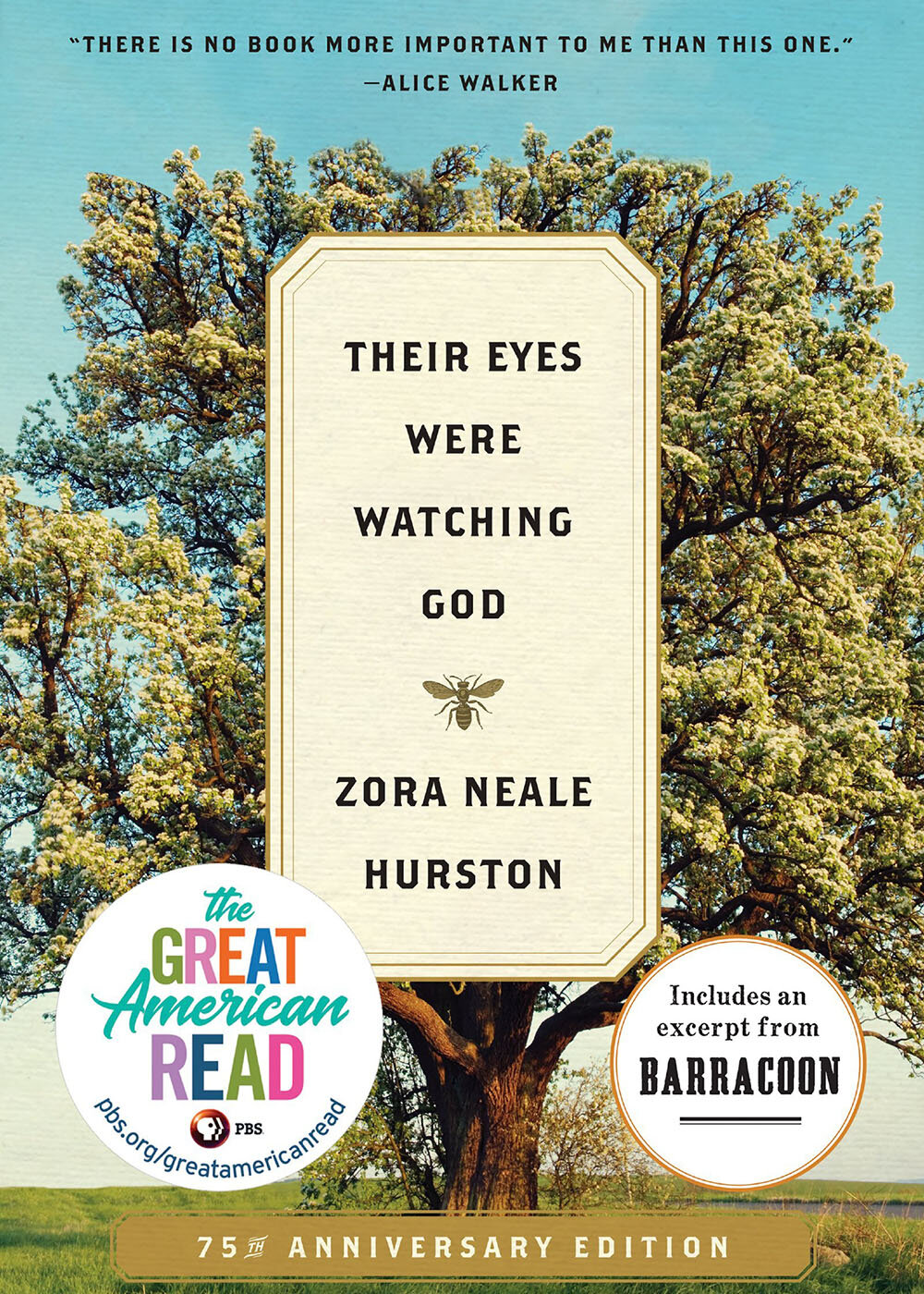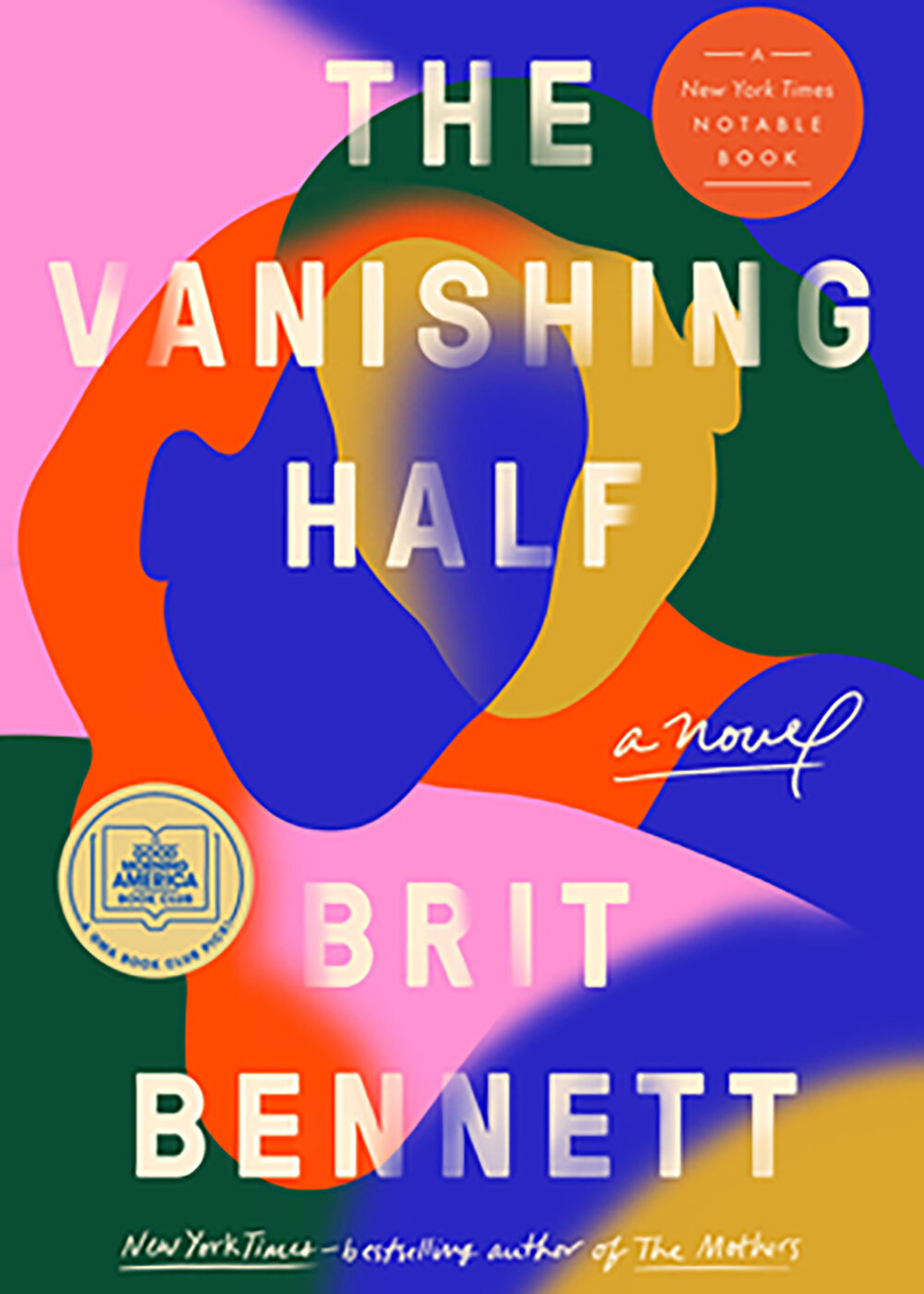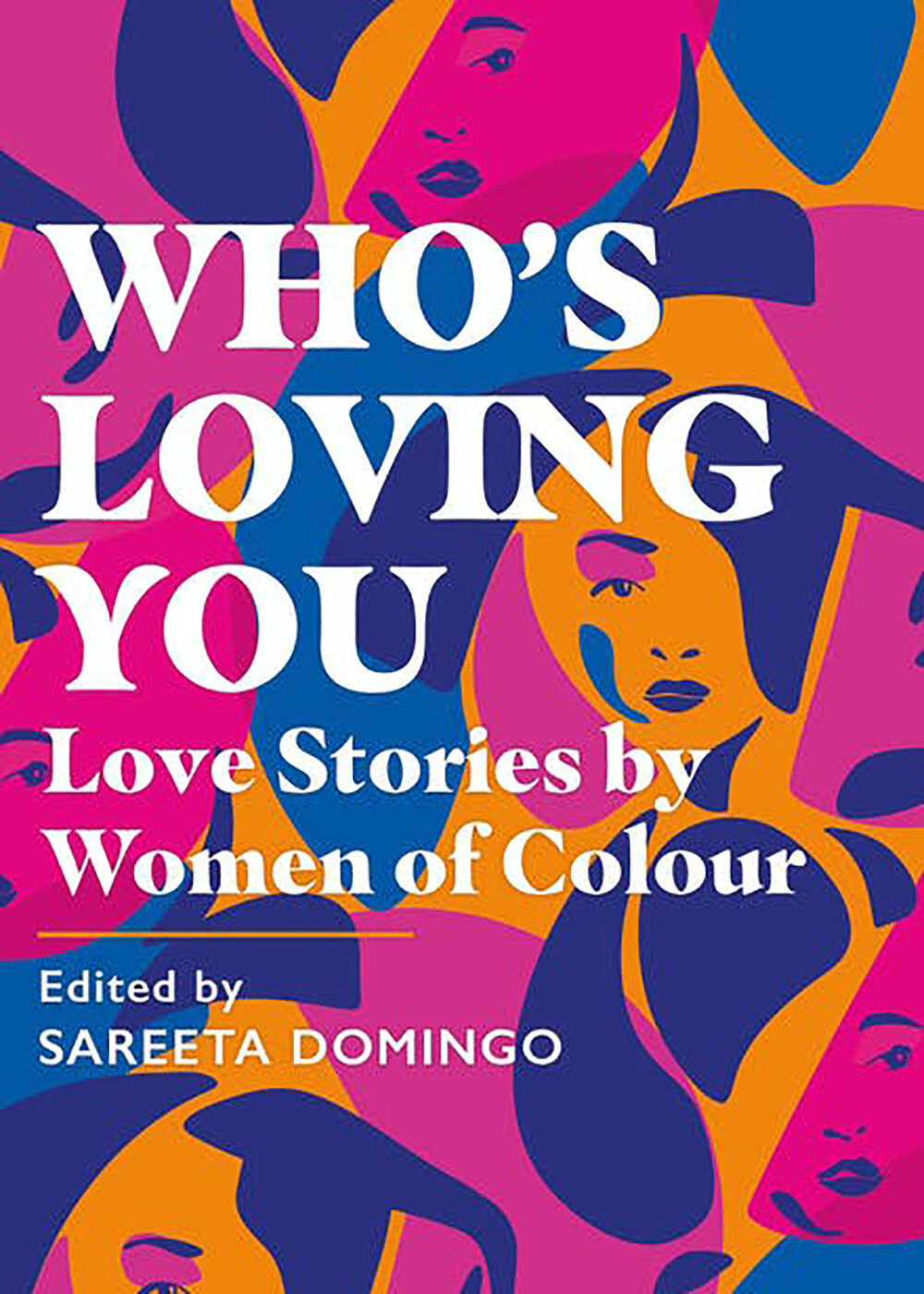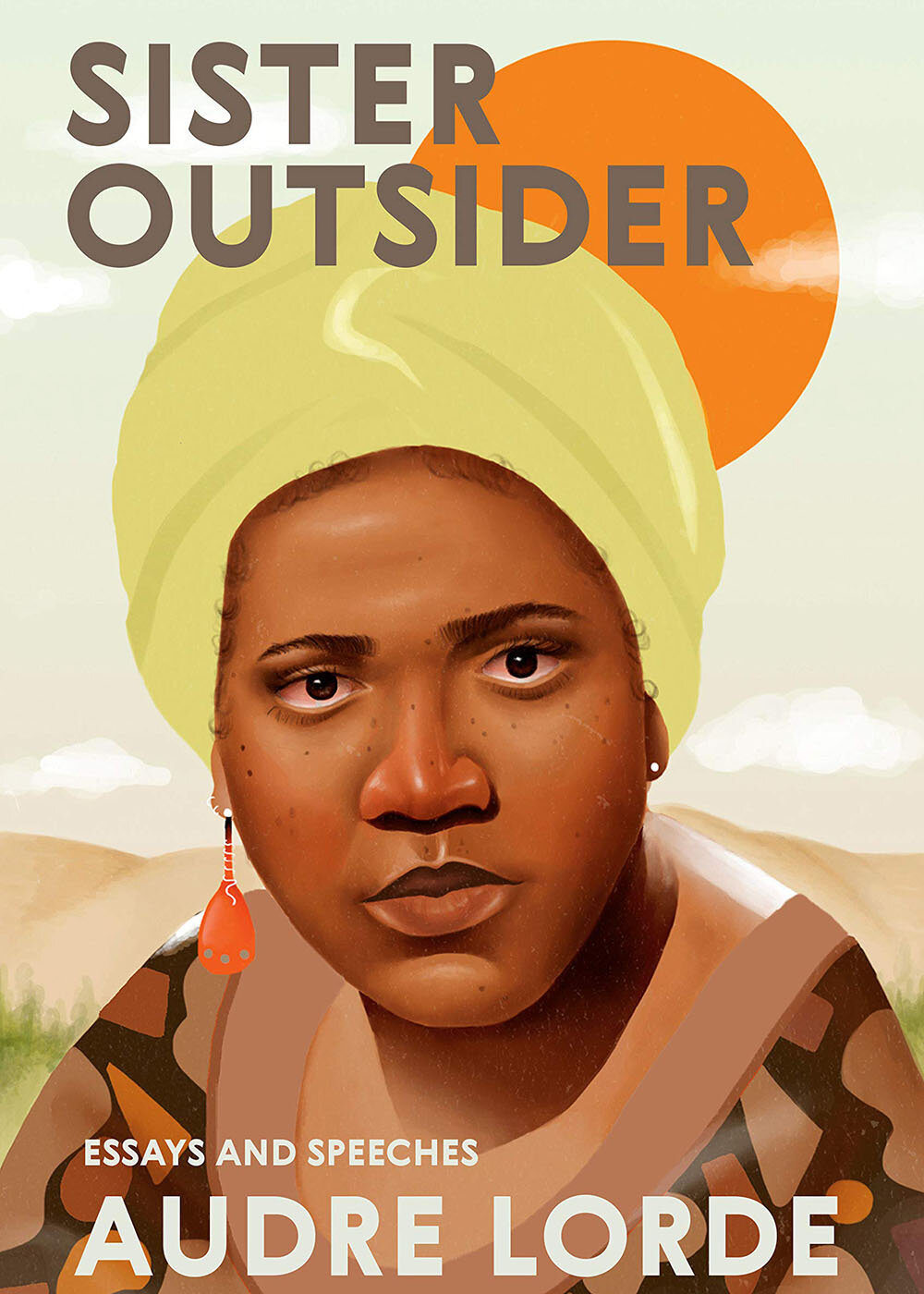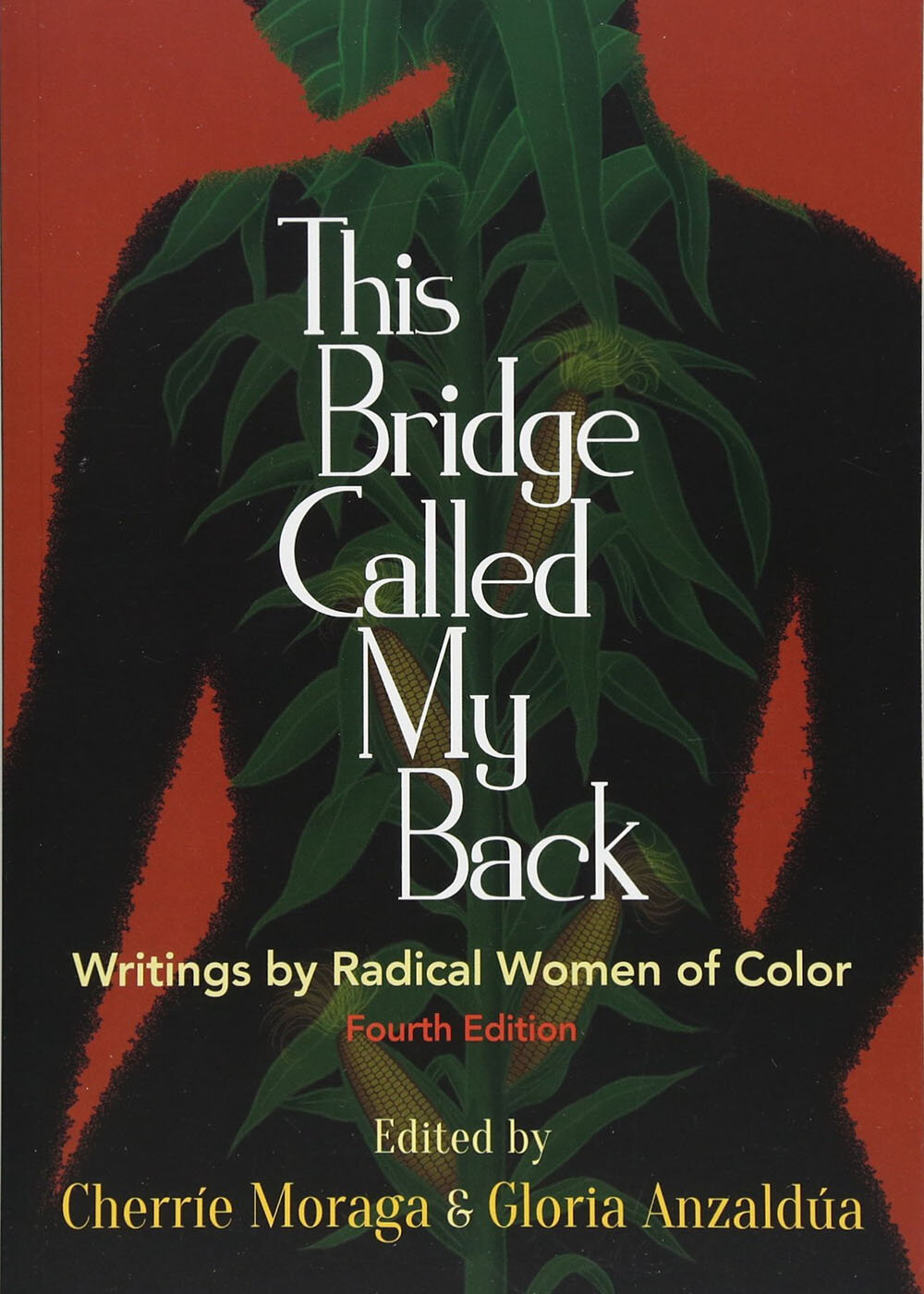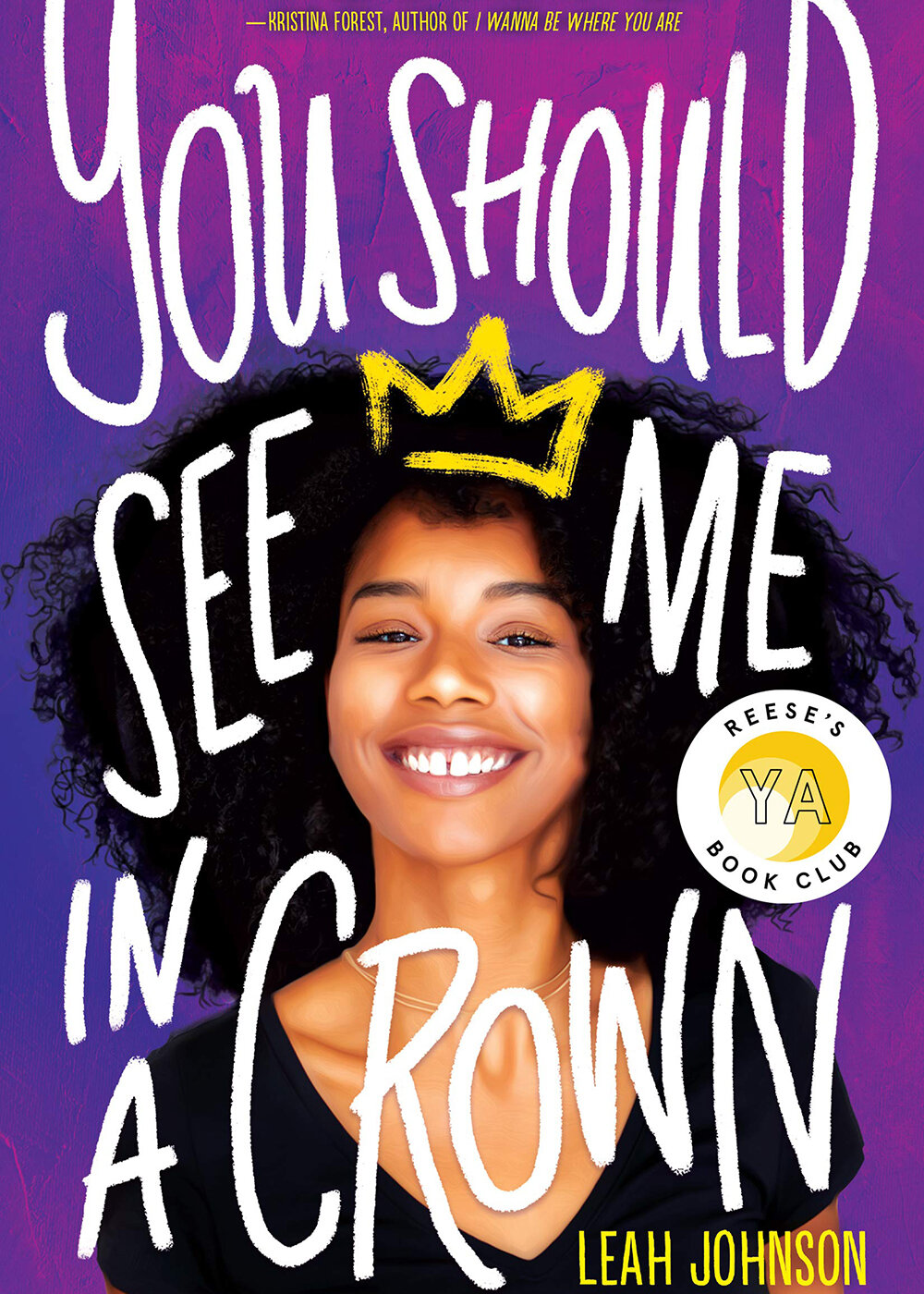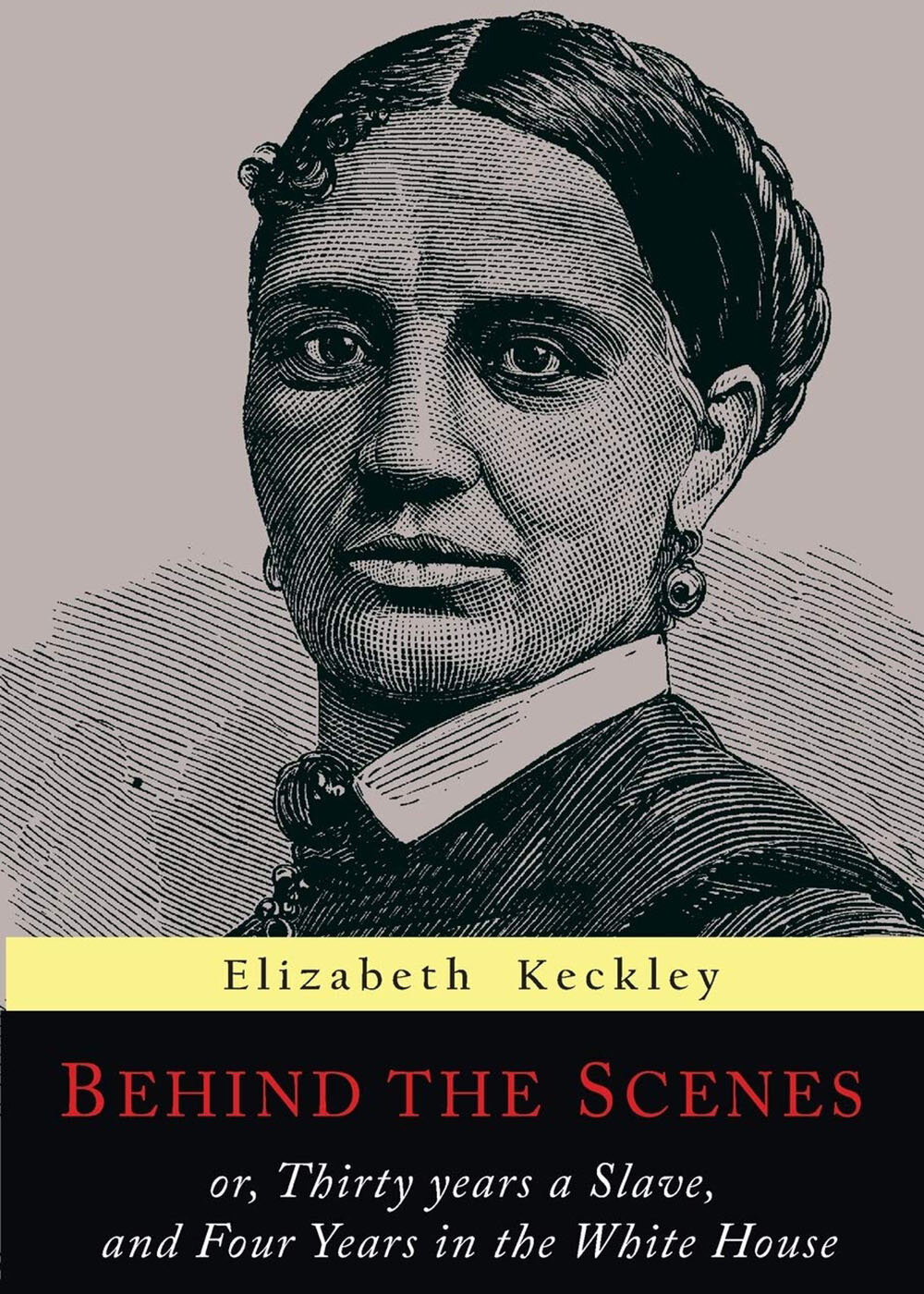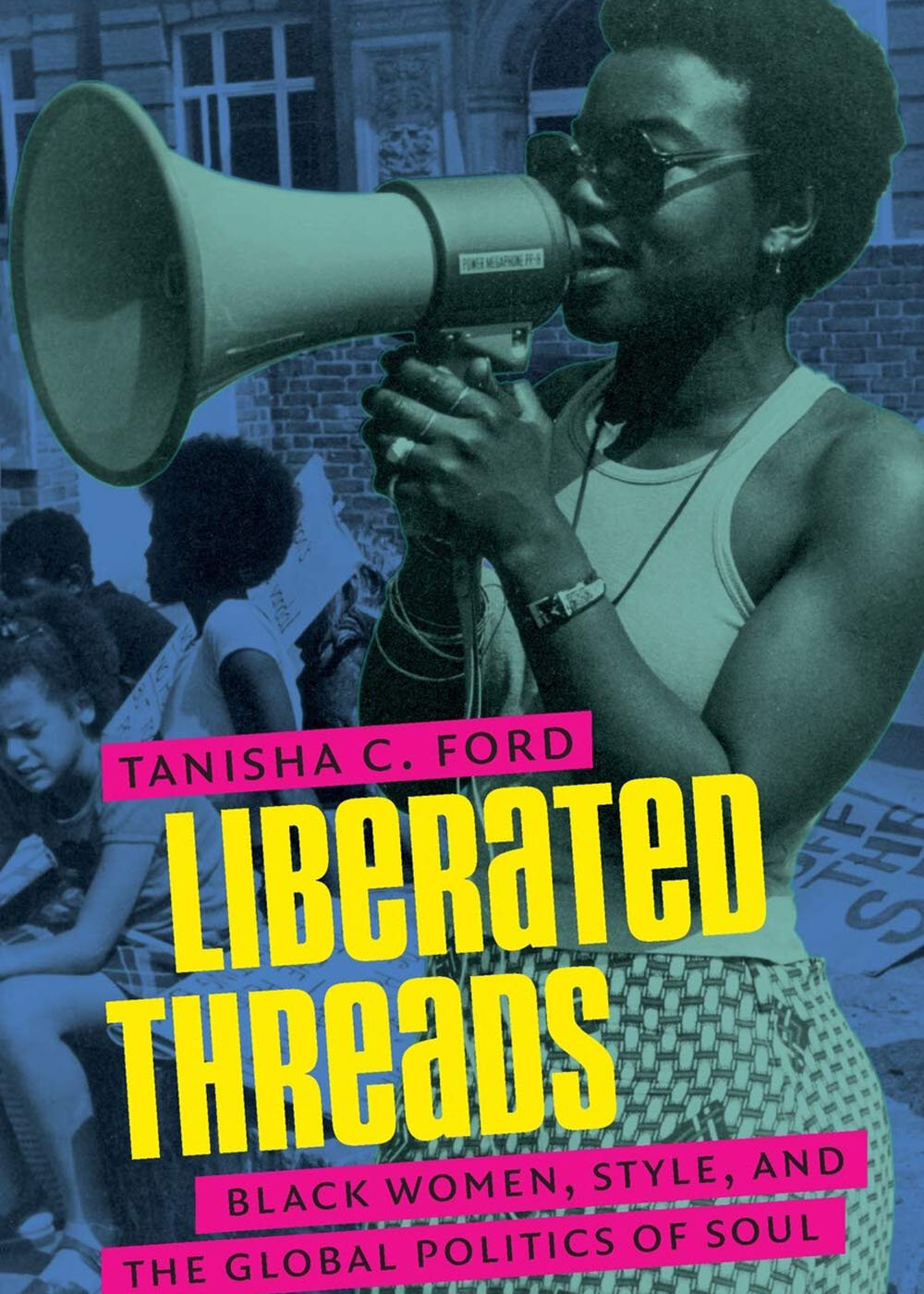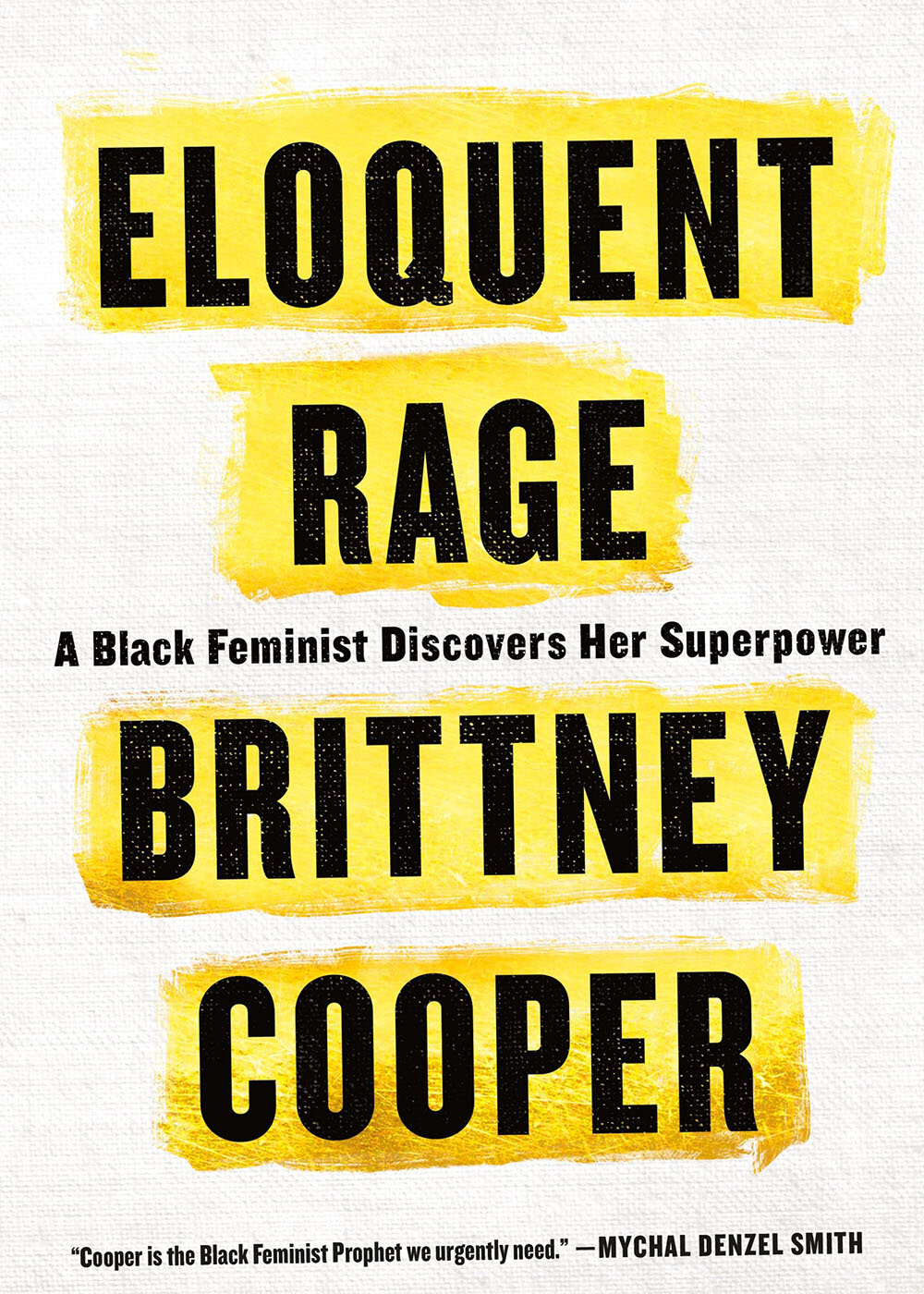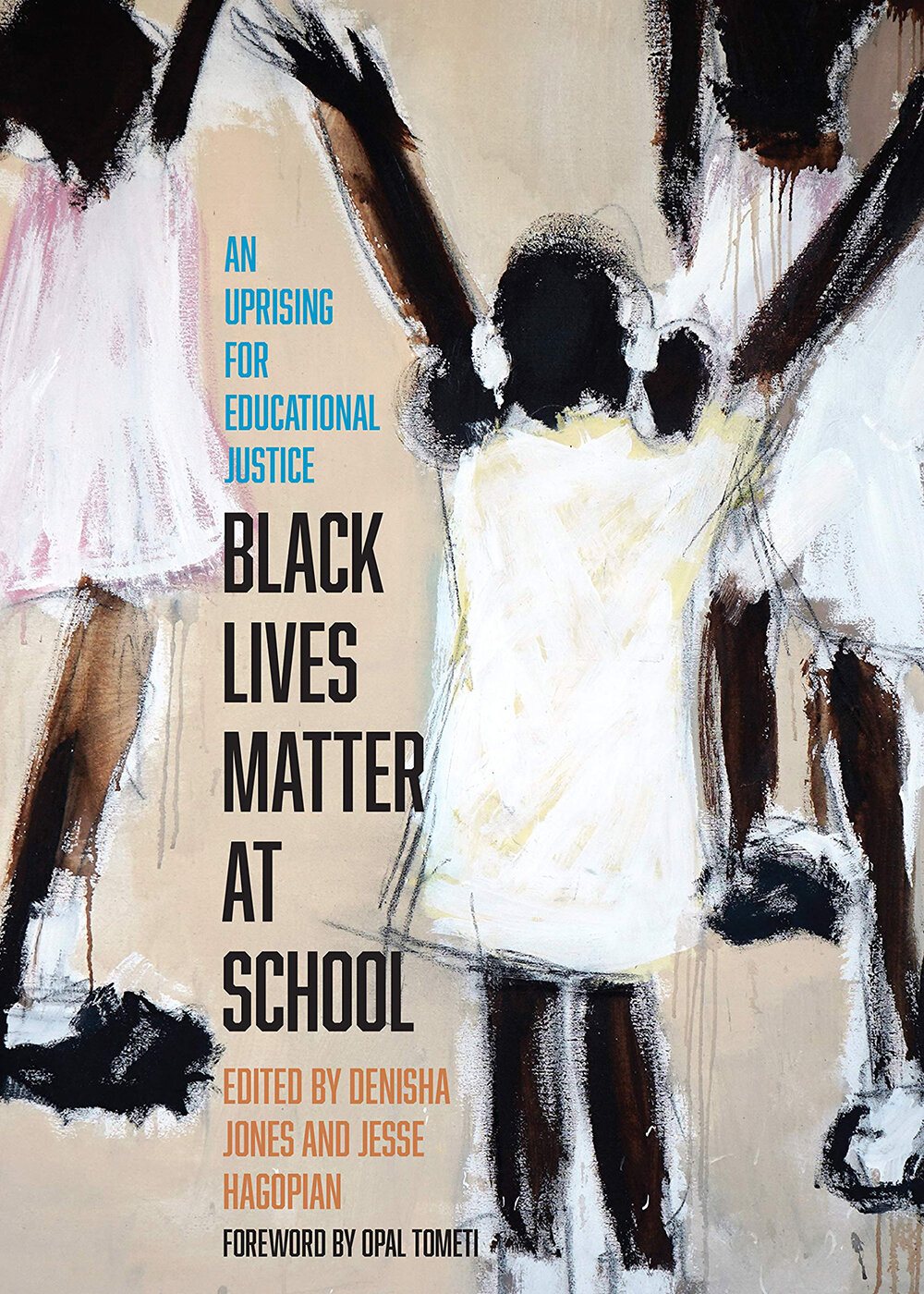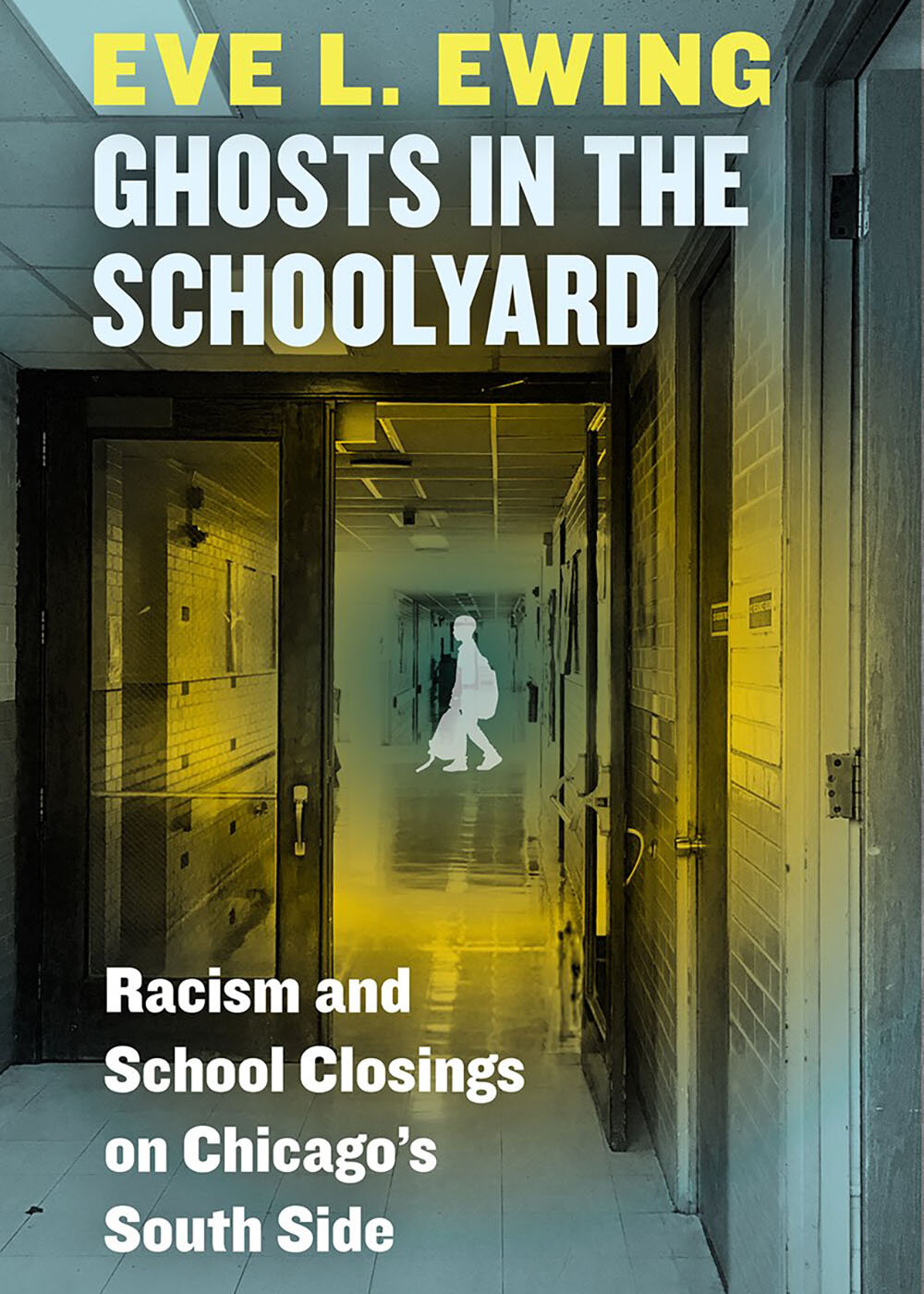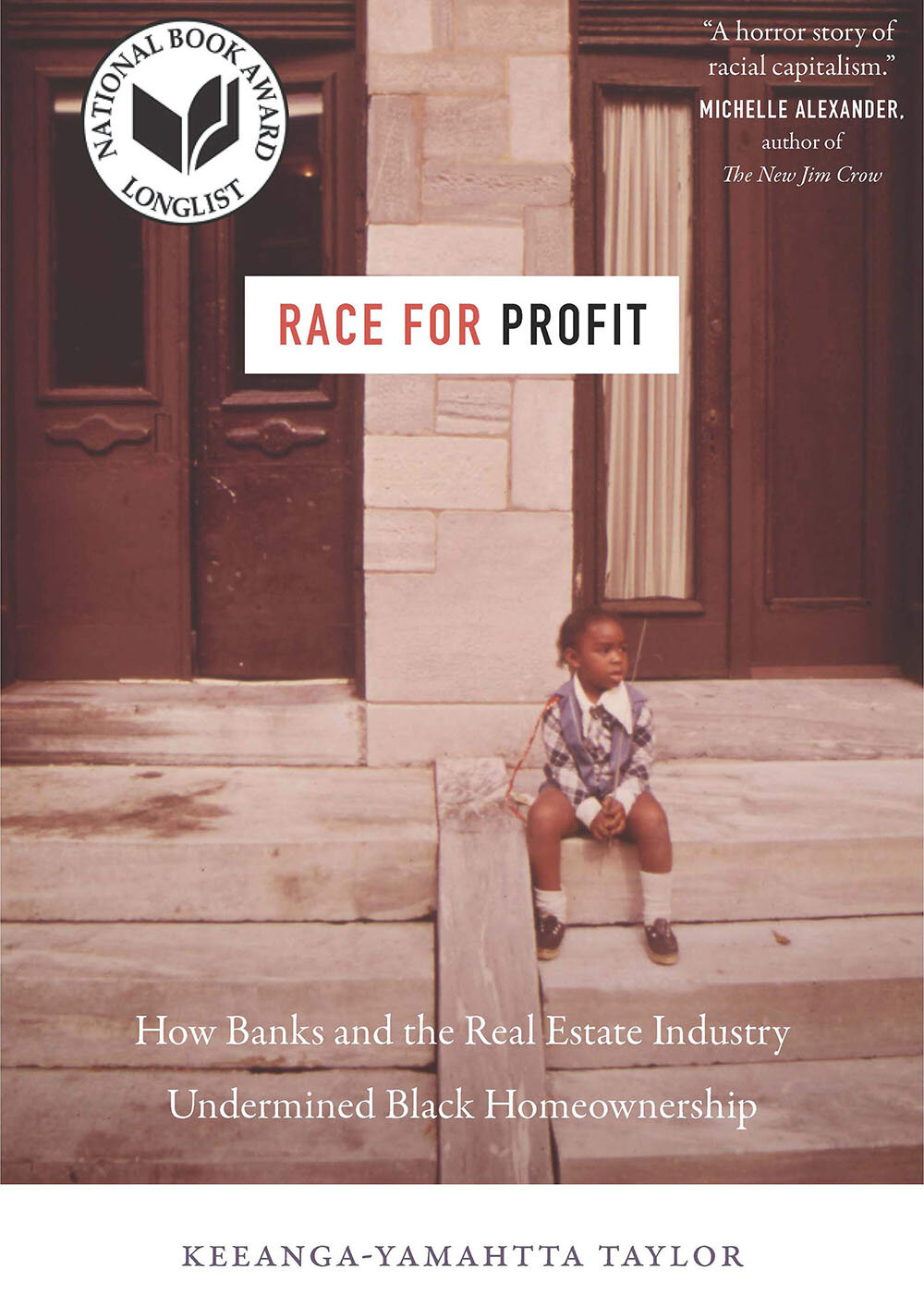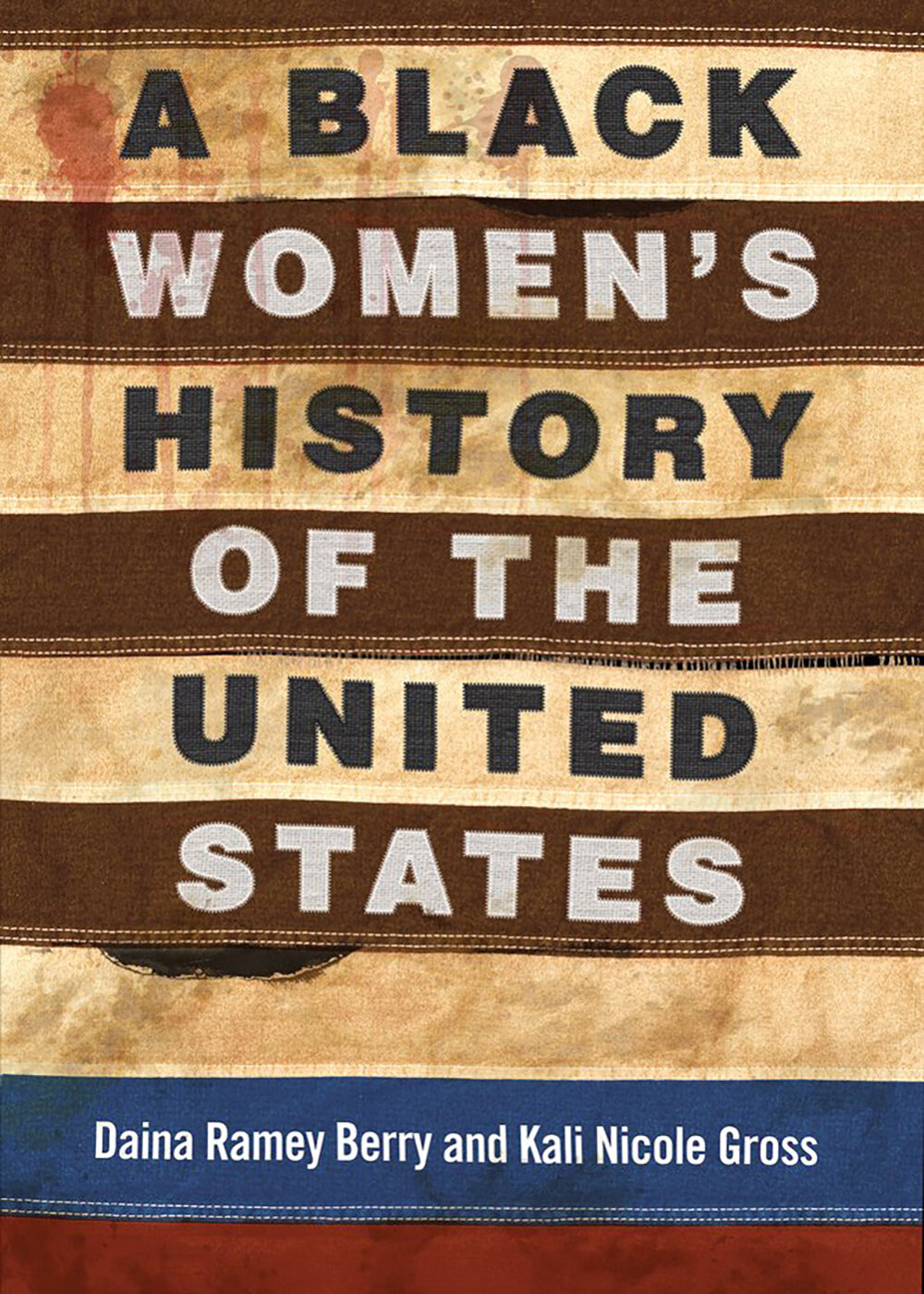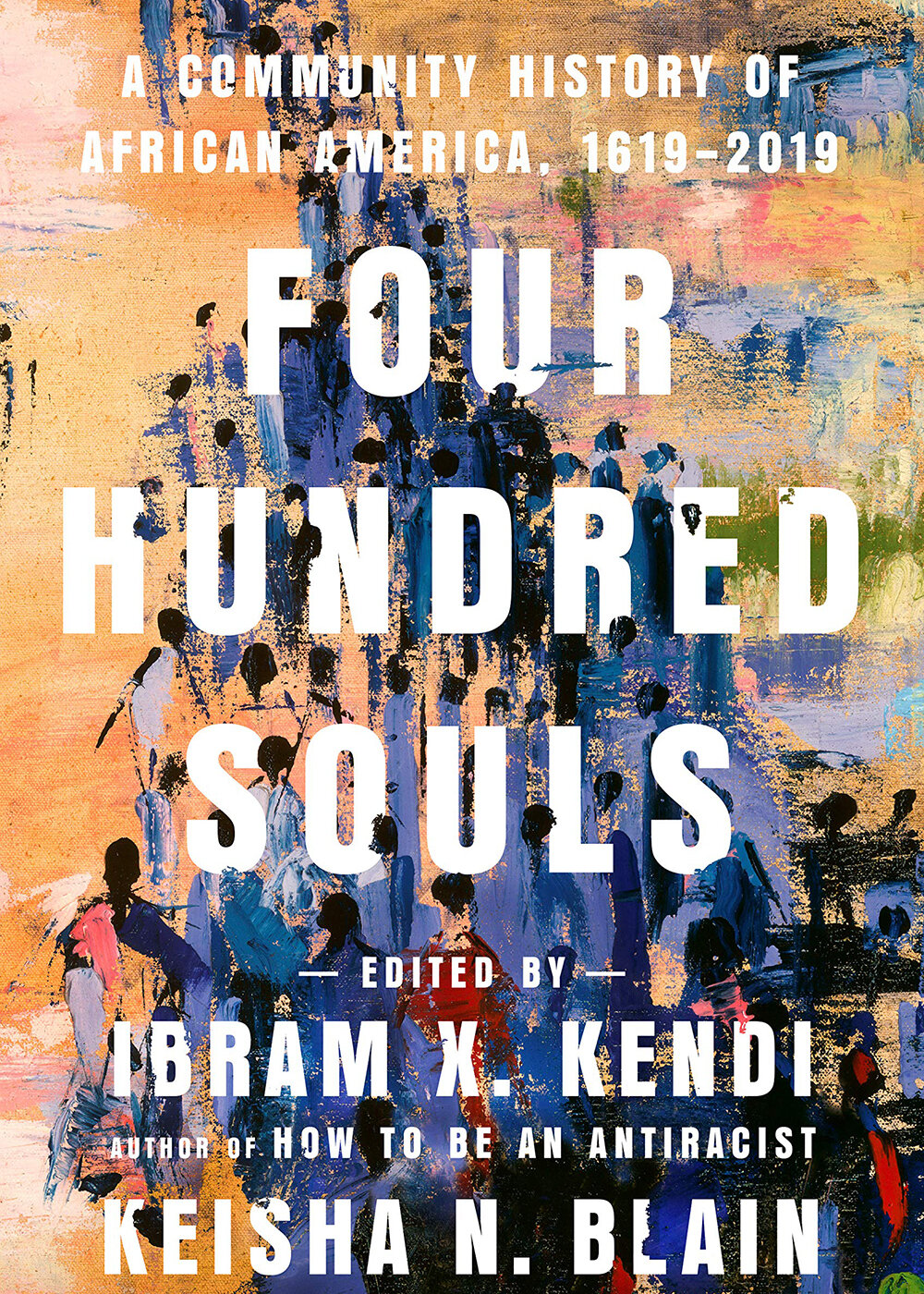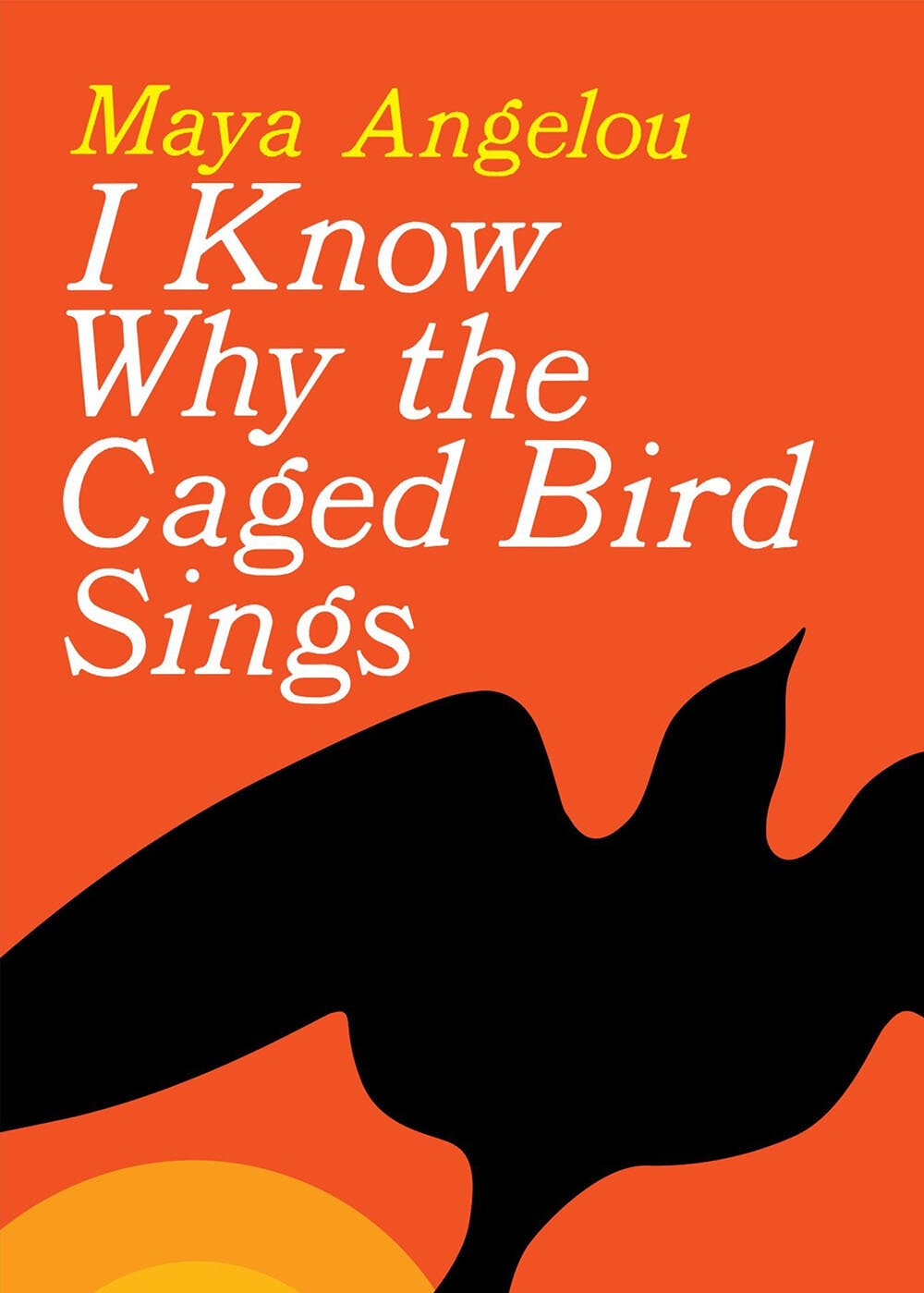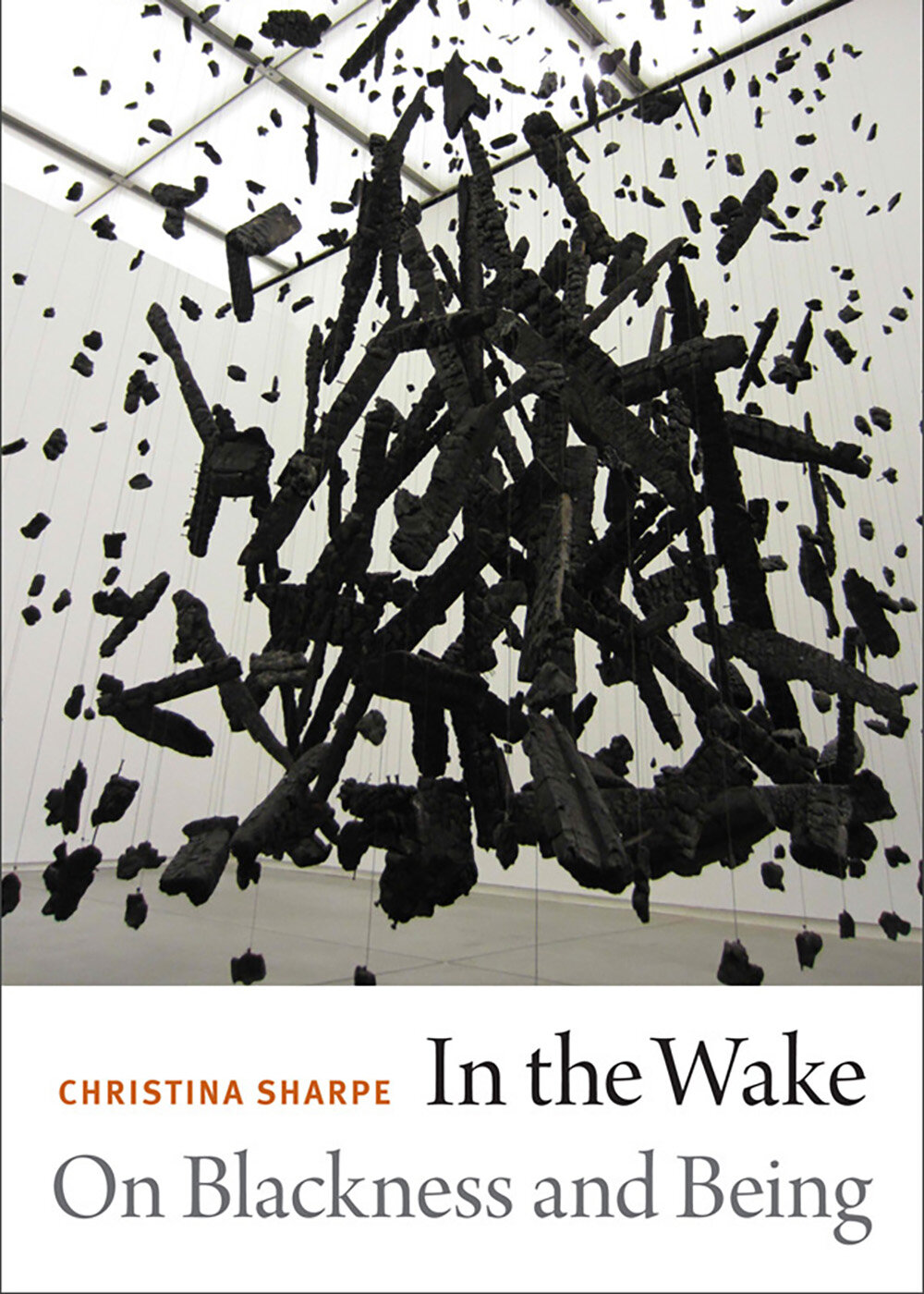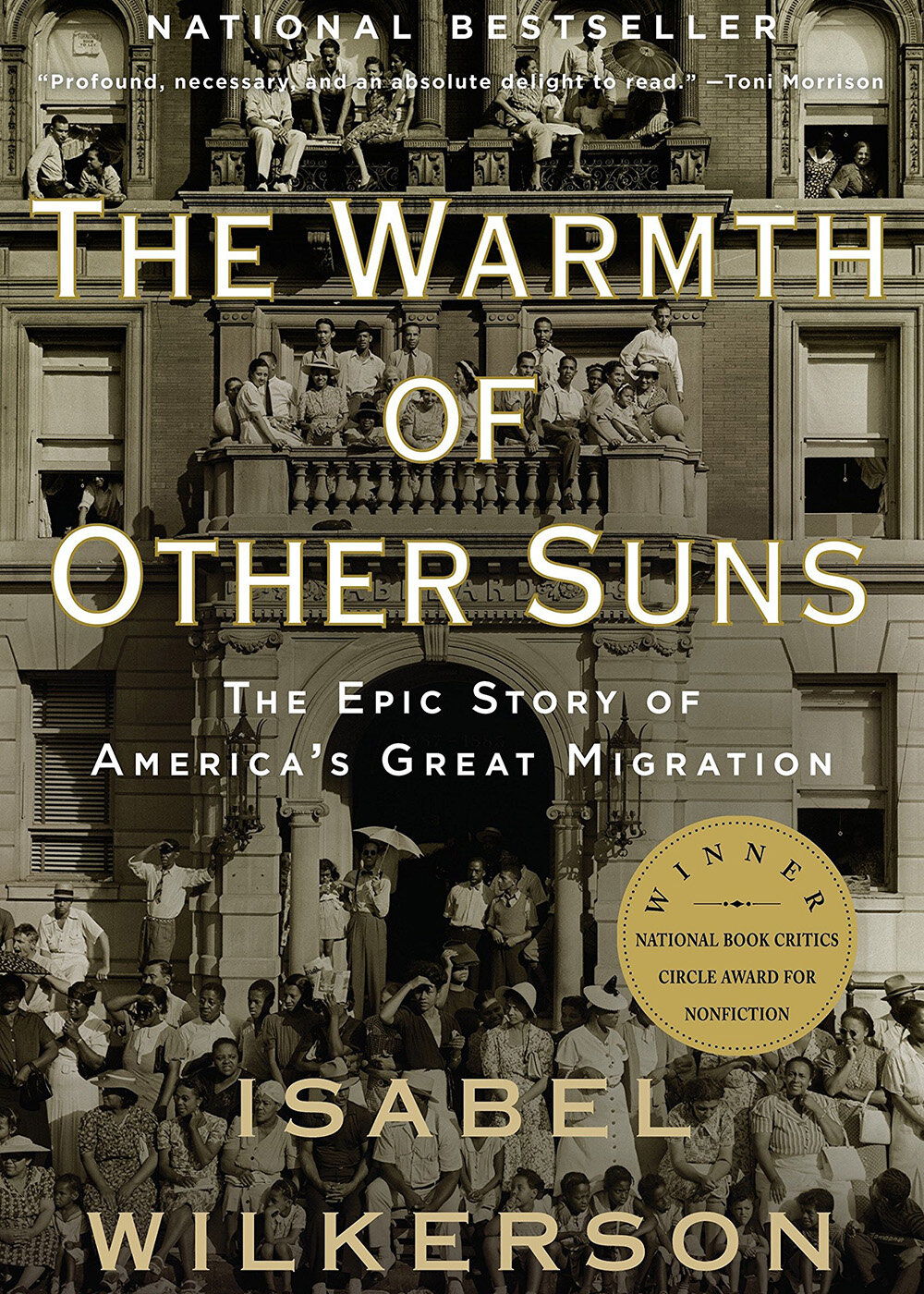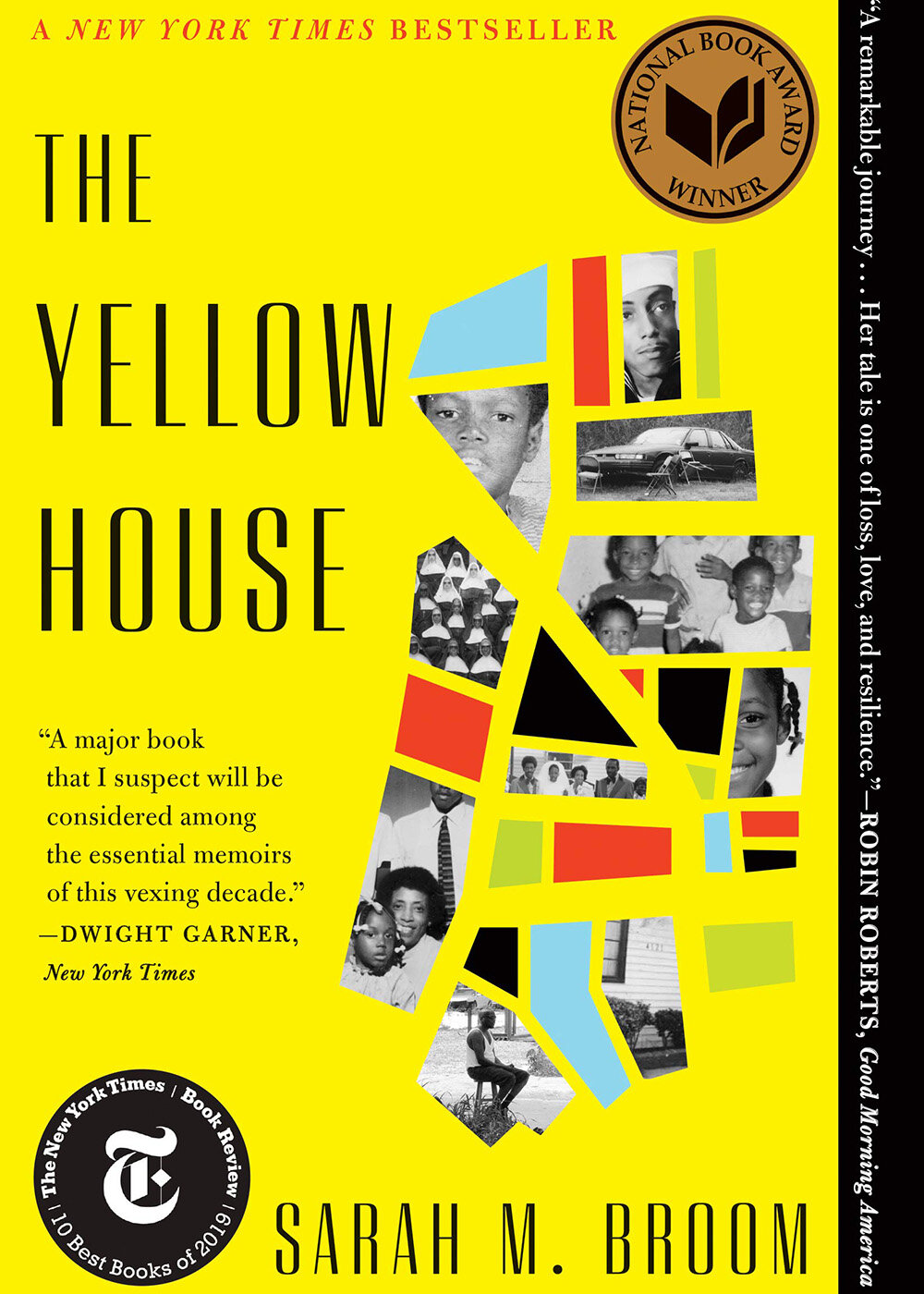Vintage TV Shows
With the cozy season upon us, we compiled a list of our favorite “vintage” TV shows.
December 17, 2023
Hi Friends!
With the cozy season upon us, we compiled a list of our favorite “vintage” TV shows. (Can you tell we grew up in the nineties?)
Entertainment can be a lens into the culture of the time; we love past movies and TV shows for the style inspiration! But they also prompt moments of reflection on how we want our future to be better than our past.
What are your favorite “vintage” TV shows? Which are you ready to move on from? Let us know in the comments!
Happy Holidays ❤
xx
Subject Matters
I Love Lucy 1951 - 1957
The Twilight Zone 1959 - 1964
Scooby-Doo! Where Are You! 1969 - 1978
The Mary Tyler Moore Show 1970 - 1977
Teenage Mutant Ninja Turtles 1987 - 1996
The Wonder Years 1988 - 1993
Family Matters 1989 - 1998
Are You Afraid of the Dark? 1990 - 1996
The Fresh Prince of Bel-Air 1990 - 1996
Twin Peaks 1990 - 1991
Doug 1991 - 1994
Sailor Moon 1992 - 1997
The Nanny 1993 - 1999
Rocko's Modern Life 1993 - 1996
AAAHH!!! Real Monsters 1994 - 1997
My So-Called Life 1994 - 1995
Dexter's Laboratory 1996 - 2003
Hey Arnold 1996 - 2004
KABLAM! 1996 - 2000
Sabrina the Teenage Witch 1996 - 2003
Daria 1997 - 2002
Powerpuff Girls 1998 - 2005
The Sopranos 1999 - 2007
Spongebob Squarepants 1999 - present
Gilmore Girls 2000 - 2007
Six Feet Under 2001 - 2005
Clothing Care Kit
View our guide of various products and tools that we recommend to care for and prolong the life of your clothing.
Hi Friends,
We hope you are having a Happy Secondhand September!
Launched in 2019 by Oxfam, Secondhand September is a campaign that promotes reusing, rewearing, and restyling your clothing this month and beyond. To celebrate these efforts, we put together a guide of various products and tools that we use to care for and prolong the life of our clothing.
Do you have tips of your own? We’re always looking for ways to improve. Let us know what methods have worked well for you in the comments below!
xx
Subject Matter
Clothing Care kit
Soak Laundry Soap
Soak is our go-to soap for hand washing vintage garments. The gentle, biodegradable, no-rinse formula was developed to be as easy on the environment as it is on your clothes by limiting water use and minimizing the stress on fabrics.
GUPPYFRIEND Washing Bag
Each time garments made of synthetic fibers (i.e. acrylic, polyester) are washed, the fibers shed and pollute the water. We use a GUPPYFRIEND Washing Bag to help prevent these microplastics from entering waterways. The broken fibers collect in the corners of the bag and can easily be removed and disposed of after use.
Brabantia Drying Rack
This extra-large laundry rack is perfect for eco-friendly air drying of clothing and linens. The sturdy yet lightweight design folds open to accommodate a full machine load of laundry, then folds away for easy storage.
VFAN Mini Classic Air Circulator
Once the garments and linens are hung up to line dry, we run an air circulator or fan to increase airflow. A small fan is recommended in case you’d like to move it around rooms within your home.
Rowenta Handheld Steamer
The Rowenta Handheld Steamer quickly and efficiently removes wrinkles from a wide variety of fabrics, with enhanced features ideal for daily use. Forget the bulky ironing board, all you need is a hanger and a hook!
Fabric Shaver
A fabric shaver is the ideal tool to remove pilling from your knits. We use a budget option that has worked well for our current needs. If your knit requires extra TLC, however, we recommend reviewing Good Housekeeping’s tried and tested list of the 7 Best Fabric Shavers.
Sewing Kit
Whether you need to add a button or patch your jeans, sewing kits are a necessity for basic repairs. Most include scissors, buttons, needles, and thread. We recommend referencing The 8 Best Sewing Kits by The Spruce to understand which sewing kit would work best for you.
Fiskars Stitcher Scissors
Fiskars Stitcher Scissors are a great addition to any sewing kit due to their precision and control. The blades are sharper and narrower than many sewing kit scissors, allowing the user to easily remove stray threads, buttons, shoulder pads, and more without disrupting the surrounding fabric.
cedar balls
Cedar balls are an easy-to-use solution for protecting your garments and textiles against pests, mildew, and odors. Made from pure aromatic red cedar, simply place a few in a drawer or storage box to protect clothing, linens, or blankets. Renew the potency of your cedar balls annually by gently sanding the surface with fine sandpaper or more frequently if the fragrance fades.
Clothing Care Tips
Maintain the quality of your pieces with our 10 clothing care tips.
Hi Friends,
Happy Earth Month! In celebration, we wanted to share our process for cleaning garments to help you maintain the quality of your pieces. Read on to learn about techniques and product recommendations that have worked well for us.
Any tips of your own? We’re always seeking ways to improve. Let us know if you have any suggestions in the comments section below.
xx
Subject Matter
Clothing Care Tips
Only wash garments when its needed
Garments sold by Subject Matter are hand washed or professionally cleaned to ensure our assortment is in the best possible condition. Once the item is part of your wardrobe, however, it’s important to use your judgment regarding when the item needs to be cleaned again. Washing garments too often can damage the fibers therefore decreasing the lifespan of the item. If a garment doesn’t need washing yet but could use a refresh, let the garment breathe outside or in a steamy bathroom with a fan running.
Pay attention to care labels.
Different materials require different approaches to care. Check the care labels for specific instructions. Alternatively, research tips based on the fabric content of the garment. We’ll be sharing specific material guides soon, stay tuned!
Minimize dry cleaning.
Most garments labeled “Dry Clean Only” do not need to be dry cleaned and can instead be washed on a delicate cycle or hand washed. The chemical-intensive dry cleaning process has negative environmental impacts and can be harmful to both the garment and the wearer’s skin. If dry cleaning is the only option, look for a local eco cleaners offering environmentally-friendly and nontoxic services.
Test garments for color-fastness.
Apply detergent to a hidden area on the garment and dab the spot with a clean white cotton cloth. If the color removes itself from the garment onto the cloth, it is best to have this garment professionally cleaned at an eco-friendly dry cleaners.
Wash garments inside out in cold water.
Wash garments inside out using cold water and a biodegradable detergent to minimize stress on the fabric. Items that are worn close to the skin such as underwear, towels, and sheets should be washed using hot water.
Wash synthetic fabrics in a guppyfriend bag.
Synthetic garments lose plastic particles. Particularly during washing, plastic fibers break off into the wastewater and so far cannot be filtered out efficiently. To prevent the fibers from polluting our water, wash synthetic pieces in a Guppyfriend washing bag.
Use biodegradable laundry products.
Garments sold by Subject Matter are washed by hand using Soak, an eco-friendly, biodegradable, rinse-free soap. For machine washing, we recommend looking for soaps made with biodegradable, plant-based ingredients. Bonus? Check to see if the brand has a refill program or uses plastic-free packaging.
Air dry.
Preserve the quality of garments, especially vintage, by hanging on a drying rack. For knits, lay flat to dry to prevent the garment from stretching. Run a fan to help circulate the air.
Store properly.
Store clean garments folded in a cool, dry place. Add dried lavender to the drawers or containers to freshen up the space.
Find a good tailor.
We recommend our customers work with a tailor to help fit vintage garments that may need slight adjustments. Find a local tailor to help with any repairs or alterations your wardrobe may require.
It’s Time to Vote!
We put together a list of resources to ensure our community has the information they need to vote and get out the vote.
“The vote is the most powerful nonviolent change agent you have in a democratic society. You must use it because it is not guaranteed. You can lose it.”
- john lewis
Voting Resources
ballotpedia
Ballotpedia is a digital encyclopedia of American politics, and a resource for unbiased information on elections, politics and policy. As a nonprofit organization, they provide curated content on all levels of U.S. politics that is relevant, reliable and available for all.
FIND:
✰ ✰ ✰
vote.org
Vote.org uses technology to simplify political engagement, increase voter turnout and strengthen American democracy. As a nonprofit organization, they have helped millions of people register to vote, verify their registration status and access election information for their state.
FIND:
Volunteering Resources
vote save america
Vote Save America is a get-out-the-vote initiative and community of over 500,000 people devoted to helping with each step of the voting and volunteering process.
FIND:
✰ ✰ ✰
When We All Vote
When We All Vote is a leading national, nonpartisan initiative on a mission to change the culture around voting and to increase participation in each and every election by helping to close the race and age gap. They empower supporters and volunteers to take action through voting, advocate for their rights and hold their elected officials accountable.
FIND:
✰ ✰ ✰
work the polls
Learn the requirements to become a poll worker in your state. Upon approval, complete the necessary training and get paid to work the polls!
In Response to Roe
We are deeply devastated by the Supreme Court’s decision to overturn nearly 50 years of precedent set by Roe v. Wade. If you are in need of resources to access care or feel inclined to donate your time, money or skills, we’ve included links in this post.
Hi Friends,
Today we had planned to send out our first weekly newsletter, however due to today’s Supreme Court decision, we will be postponing until next week. Alongside many of you, we are deeply devastated by the decision to overturn nearly 50 years of precedent set by Roe v. Wade.
We hope you are taking care of your mental and physical wellbeing during this time. If you are in need of resources to access care or feel inclined to donate your time, money or skills, we’ve included links below.
With love,
Sarah @ Subject Matter
ACCESS CARE
AbortionFinder.org
Abortion Finder is an easy-to-use search tool built on a database of over 750 verified abortion providers across the United States.
Plan C
Plan C is a search tool and information resource to help find abortion pills by mail in all 50 states. Started by a team of veteran public health advocates, researchers, social justice activists and digital strategists, their goal is to normalize the modern option of a self-managed or at-home abortion.
Planned Parenthood
Planned Parenthood has been a trusted provider of sexual and reproductive healthcare in the United States for over 100 years. Find a Planned Parenthood health center that provides abortion care and get the information you need to schedule an appointment.
If/When/How Repro Legal Helpline
If/When/How believes everyone should be able to access abortion care if they want or need it. Their attorneys and advocates provide legal information and support to people navigating complex laws in order to self-determine their reproductive lives.
SUPPORT
Abortion Care Network
Abortion Care Network is the national association for independent, community-based abortion care providers and their allies. Together they work to ensure the rights of all people to experience respectful, dignified abortion care.
American Civil Liberties Union
The American Civil Liberties Union is a nonprofit organization that was founded to defend and preserve the individual rights and liberties guaranteed to every person in this country by the Constitution and laws of the United States.
Planned Parenthood
Planned Parenthood is a nonprofit organization that provides all people with access to the healthcare and resources they need to make informed decisions about their bodies, their lives, and their futures.
The United State of Women
The United State of Women is a nonprofit organization that aims to create a world in which women and all people of marginalized genders can thrive. Through education, community, and action, USOW amplifies issues at the intersection of gender and racial justice and galvanizes organizations, public figures, elected officials, and everyday feminists of all genders to drive policy and culture change.
VOTE
Ballotpedia
Ballotpedia is a digital encyclopedia for American politics and elections. The goal is to inform people about politics by providing accurate and objective information for all levels of government.
Vote.org
Vote.org is the largest nonprofit, nonpartisan voting registration and get-out-the-vote (GOTV) technology platform in the United States. It has registered more than 4.5 million new voters, verified 10.5 million voters’ registration status, and has helped over 39 million website users by providing registration links and deadlines, polling location details, and other essential voting information for each state.
Vote Save America
Vote Save America is a community of over 500,000 volunteers who provide support with each step of the voting and GOTV process. In 2020, volunteers made 9.46 million calls and sent 6.45 million texts to voters in swing states; raised $44 million dollars for individual candidates, grassroots organizing, and voter protection efforts; recruited 27,000 poll workers; and registered 270,000 voters.
When We All Vote
When We All Vote is a non-profit, nonpartisan organization that is on a mission to increase participation in every election and close the race and age voting gap by changing the culture around voting, harnessing grassroots energy, and building strategic partnerships to reach every American.
LEARN
The Janes
In the pre-Roe v. Wade era, female activists calling themselves 'Jane' build an underground network for women with unwanted pregnancies and provide low-cost and free illegal abortions to an estimated 11,000 women.
Before Roe: The Physician's Crusade
In the first episode of a two-part series, Throughline tells the story of how doctors put themselves at the center of legal battles over abortion, first to criminalize — and then to legalize.
After Roe: A New Battlefield
The second episode is the story of how opponents of abortion rights banded together, built power, and launched one of the most successful grassroots campaigns of the past century.
Southern Abortion Activists Share Their Playbook
The ACLU speaks with activists who have weathered the hardest of times on the ground in their own communities and highlights their work as a playbook for us all moving forward.
Vintage Movies
With the holiday season upon us, we compiled a list of our favorite “vintage” movies.
Greetings & Salutations,
With the holiday season upon us, we compiled a list of our favorite “vintage” movies to stream or rent.
Entertainment can be a lens into the culture of the time; we love past movies and TV shows for the style inspiration! But they also prompt moments of reflection on how we want our future to be better than our past.
What are your favorite “vintage” movies? Which are you ready to move on from? Let us know in the comments!
Happy Holidays ❤
xx
Subject Matter
fantasia 1940
Alice in Wonderland 1951
Some Like It Hot 1959
Yellow Submarine 1968
Grease 1978
9 to 5 1980
Clue 1985
Purple Rain 1985
She's Gotta Have It 1986
Moonstruck 1987
Heathers 1988
My Neighbor Totoro 1988
Do the Right Thing 1989
Edward Scissorhands 1990
Thelma & Louise 1991
Jurassic Park 1993
The Sandlot 1993
Pulp Fiction 1994
Casper 1995
Clueless 1995
Jumanji 1995
Now and Then 1995
Toy Story 1995
The Craft 1996
Fargo 1996
Romeo + Juliet 1996
Selena 1997
Titanic 1997
The Truman Show 1998
Cruel Intentions 1999
Girl, Interrupted 1999
Election 1999
The Matrix 1999
Toy Story 2 1999
The Virgin Suicides 1999
Best in Show 2000
Erin Brockovich 2000
Love & Basketball 2000
Amélie 2001
Donnie Darko 2001
Legally Blonde 2001
Monsters, Inc. 2001
Moulin Rouge 2001
The Royal Tenenbaums 2001
Shrek 2001
Spirited Away 2002
Finding Nemo 2003
Uptown Girls 2003
Thrift Tips
Plan a successful thrift shop visit with our 10 thrift tips.
Hi Friends,
Happy Secondhand September! Hands down, our favorite part of selling preloved clothing is sourcing! With the month of #secondhandseptember drawing to a close, we put together our tips for a successful thrift shop visit.
Have any tips and tricks of your own? Let us know in the comments below!
Happy thrifting!
xx
Subject Matter
thrift Tips
Inspect your current wardrobe.
Decide if any pieces can be donated to the thrift shop during your visit.
List your needs.
Be as concise as possible in terms of silhouettes, materials, and colors.
Determine your budget.
Draft your ideal budget, as well as your maximum spending amount.
Plan your shopping outfit.
In case there isn’t a fitting room, wear tight-fitting clothing to try pieces on over your outfit.
Alternatively, know your measurements.
Bring along a measuring tape to compare sizing.
Map out your route.
If you plan to visit multiple shops or markets, check the addresses and hours to map out your route accordingly.
Upon arrival, scan the aisles.
Get a sense of which sections you need to browse, which you’d like to browse, and which you can skip.
Shop, starting with your primary needs.
Visit the sections with your most-needed items first to ensure you don’t miss out on deals or unique pieces.
Evaluate your finds pre-checkout.
Examine each piece for any flaws to determine if the garment can be mended / tailored or if it’s best not to purchase it.
Ask about promotions.
Note any upcoming discount days in case you plan to visit again soon.
Who Made Your Clothes?
#whomademyclothes, a human rights campaign created by Fashion Revolution, demands quality not just in the clothes we wear but in the lives of people who make them.
Across the world, May 1st is recognized as International Worker’s Day. Although no longer celebrated in the U.S., its origins stem from the first national turnout for worker’s rights on May 1st, 1866 as hundreds of thousands of people marched in cities across the country to demand an eight-hour workday and better working conditions.
By 1890, May 1st was recognized in cities across Europe as a day to protest for worker’s rights. Four years later, President Grover Cleveland moved the official U.S. celebration of Labor Day to the first Monday in September, intentionally cutting ties with the international worker’s celebration for fear that the movement would spread communism. Today, May Day remains an official holiday in 66 countries across the world.
✿ ✿ ✿ ✿ ✿ ✿
This year’s Fashion Revolution Week highlighted how the labor rights movement continues as garment workers demand essentially the same rights as in the mid-1800s. Join the ongoing conversation by asking #whatsinmyclothes and #whomademyclothes?
#whatsinmyclothes aims to hold brands accountable for the full life cycle of the raw materials used in their supply chain. Ask if your favorite brand:
Has a robust animal welfare policy?
Adheres to commitments on hazardous chemicals and restricted substances?
Incinerates unsold stock or sends returned items to landfill?
Has plans to reduce pre-consumer and post-consumer waste?
Has a plan for reducing overproduction?
Measures and publishes their carbon footprint?
Is working to reduce plastic packaging?
Has a plan to reduce the use of virgin polyester and microfiber shedding?
Sources materials from sustainably managed forests?
#whomademyclothes demands quality not just in the clothes we wear but in the lives of people who make them. Ask if your favorite brand:
Has policies in place to ensure women working throughout their supply chain are protected from verbal, physical, and sexual harassment?
Conducts independent audits on every factory it sources from?
Ensures mandatory safety training in every factory it sources from?
Ensures workers throughout its supply chain earn a living wage?
Ensures workers throughout its supply chain can exercise their right to join a union?
Ensures production outsourced by its factory partners adheres to these standards?
The more customers ask #whatsinmyclothes and #whomademyclothes, the more brands will understand the need for transparency, a key component to any business who markets “ethically” or “sustainably” produced products.
Stay tuned as we shared behind-the-scenes insight into our process of sourcing, pricing, garment care, and more! And please let us know in the comments below if there is a particular aspect of our business operations you’d like us to share.
xx
Subject Matter
PS. Learn more about the history of May Day on a recent episode of On the Media in conversation with Donna Haverty-Stacke, a professor at Hunter College, CUNY and author of America’s Forgotten Holiday: May Day and Nationalism, 1867-1960.
Women's History Month: Teaching + Activism
Thank you to all women who use their strengths, hearts, and minds to better the world for future generations. This month, we honor women who used their power to inspire others through teaching and activism.
Happy Women’s History Month!
Thank you to all women who use their strengths, hearts, and minds to better the world for future generations. This month, we’re honoring women who used their power to enlighten others through teaching and activism.
xx
Subject Matter
DOLORES HUERTA
Meet Dolores Huerta, an activist and labor leader who continues to improve the lives of workers, immigrants, and women. In the early 1950s, as an elementary school teacher in California, Dolores witnessed many of her students arriving hungry and barefoot. Deeply concerned for their wellbeing, Dolores left teaching to begin her lifelong journey of correcting economic injustice.
Throughout her decades of activism, Dolores co-founded various organizations dedicated to social justice and public policy. Her efforts have been instrumental in improving the social and economic conditions of farm workers and challenging gender discrimination within the labor movement.
Receiving the Presidential Medal of Freedom from President Obama in 2012, Dolores reflected, “The great social justice changes in our country have happened when people came together, organized, and took direct action. It is this right that sustains and nurtures our democracy today. The civil rights movement, the labor movement, the women’s movement, and the equality movement for our LGBT brothers and sisters are all manifestations of these rights.”
Learn more about Dolores Huerta and how to support her work by following the Dolores Huerta Foundation, a nonprofit working to organize social justice grassroots movements focused on civic engagement, education equity, health and safety, and LGBTQ+ equality.
PATSY TAKEMOTO MINK
Patsy Takemoto Mink was the first woman of color elected to the U.S. Congress. In the early 1950s, after earning her law degree from the University of Chicago, Patsy returned home to Hawai‘i seeking employment only to face discrimination because of her interracial marriage. Patsy instead went into private practice and began teaching business law at the University of Hawai‘i, becoming the first Japanese-American woman to practice law in the territory.
After a decade in local and state politics, Patsy became the first woman of color elected to the U.S. Congress in 1964. Throughout her 12 terms, Patsy focused on human rights, specifically within education. She sponsored legislation for bilingual education, early childhood education, student loans, special education, and the Title IX amendment to the 1964 Civil Rights Act.
In 1970, Patsy strongly condemned the nomination of G. Harrold Carswell to the Supreme Court, citing his self-described “vigorous belief in the principles of white supremacy”. Carswell’s nomination did not pass, and instead Justice Harry Blackmum was later appointed and would go on to write the majority opinion in the Roe v. Wade victory.
Learn more about Patsy Takemoto Mink and how to support her legacy by visiting the Patsy Takemoto Mink Education Foundation, a nonprofit organization working to expand education access, opportunity, and equity for low-income women and children.
MAYA ANGELOU
Maya Angelou was a prolific writer, storyteller, performer, educator, and activist. Spanning 50 years, Maya’s body of work includes autobiographies, essays, poetry, plays, movies, and television shows, earning her dozens of awards, more than 50 honorary degrees, and the Presidential Medal of Freedom.
Best known for her redefining of autobiographical fiction, her most famous work, I Know Why the Caged Bird Sings, detailed her experiences growing up in Arkansas. Left mute for several years due to traumatic events in her childhood, Maya developed an early love for literature and education.
In 1940, at age 12, Maya moved to San Francisco with her mother where she studied dance and drama, marking the beginning of her decades-long career performing, writing, and directing theater and film, both in the U.S. and abroad.
Upon her move to New York City in the late 1950s, Maya’s literary talents were encouraged by the Harlem Writers Guild, whose members included Audre Lorde. During this time, she had the chance to hear Dr. Martin Luther King Jr. speak, sparking her involvement in the Civil Rights movement alongside Dr. King and Malcolm X.
In 1982, Maya served as the first Reynolds Professor of American Studies at Wake Forest University, beginning a 32 year-long relationship with the university until her passing in 2014.
Learn more about the life of Maya Angelou and how to continue her legacy by visiting the Maya Angelou Foundation, a nonprofit organization dedicated to supporting educational excellence and healthcare equity initiatives for all.
JANE ELLIOTT
Jane Elliott is a teacher and anti-racism lecturer who works to expose prejudice and bigotry. As a school teacher in Iowa at the time of Dr. Martin Luther King Jr.’s assassination, Jane felt compelled to explain racism and its effects to her third-grade students.
The exercise she developed came to be known as the “Blue Eyes/Brown Eyes Exercise.” The two-day lesson divided the students into two groups based on their eye color, the blue-eyed group being “superior”, while the brown-eyed and green-eyed group were “inferior.” A week later, Jane repeated the exercise with the roles reversed. A transformation was evident in many of her students. The “superior” groups earned better grades and exhibited arrogance toward their “inferior” peers. The “inferior” groups scored lower on tests and became timid.
To summarize their learnings, Jane instructed each of the students to write about their experience. These essays were soon published in the local paper and later picked up by the Associated Press. The backlash from white audiences was immediate, focusing solely on the effects prejudice would have on white children. Unperturbed, Jane taught the exercise until 1985 before leaving teaching to reformat the lesson for corporate and government training.
Defining prejudice as an emotional commitment to ignorance, Jane continues to lecture about anti-racism. Learn more about Jane’s work by visiting janeelliott.com.
Black History Month Booklist
Explore the richness of Black history with our curated booklist, featuring powerful memoirs, historical accounts, and thought-provoking fiction. Each carefully selected book provides a unique perspective, inviting readers to celebrate the profound contributions of the Black community and foster a more inclusive understanding of our shared history.
To celebrate, listen and learn,
we compiled a selection
of books by Black authors
to read this month and beyond
Black History Month is a celebration of the achievements, contributions, and strengths of Black communities, past and present. It is a time to amplify Black voices, share Black stories, and support Black businesses, creators, and organizations, with the intention of continuing these actions all year long.
Voting With Your Wallet
Do our dollars yield enough power to enact change? Is where we spend our dollars just as impactful as where we do not spend our dollars?
Extra Credit is our little corner of the internet where we share ideas and articles regarding the link between fashion, history, and the environment, as well as other related topics.
Interested in learning more about a particular subject? Let us know in the comments below or contact us here.
This month, we’re exploring the concept of voting with your wallet. On the surface level, it may seem that our everyday purchases are inconsequential and do not have the power to affect change. The idea of treating consumerism as a form of activism is ever-increasing, though, especially among younger generations. When considering how much we spend in totality, do our dollars yield enough power to enact change? Is where we spend our dollars just as impactful as where we do not spend our dollars?
In his book Buying Power: A History of Consumer Activism, American historian Lawrence Glickman explains that boycotts date back to ancient Greece. The term “boycott”, however, was not used until 1880 in County Mayo, Ireland. Charles Boycott, a British landowner, had a reputation for cruel and excessive evictions of his tenants. During an attempt to evict an additional 11 tenants, the Land League (an Irish political organization that sought to aid farmworkers) campaigned to isolate Boycott in the community. His employees withdrew their labor, local businesses refused to serve him, and the post stopped delivering his mail. Ultimately, Boycott left Ireland disgraced.
Today, voting with your wallet indicates the business operates in a way that aligns with the shopper’s values. From company culture to how the products or services are made or offered, businesses are scrutinized on their environmental impact, human rights records, and more.
Otherwise called “conscious consumerism” or “ethical consumption”, businesses do respond to the demands of customers, especially when the mass media is involved. A 2011 study out of Northwestern, found that after the news of a boycott is announced in the top five most-read newspapers, 25% of boycotts result in the businesses conceding to the consumer.
Although being a purposeful consumer is well-intentioned, is it an effective means to enact long term change? Or can it be harmful? Activists criticize that swapping product purchases does not accomplish the legislative and corporate changes that are actually needed. As Senator Elizabeth Warren noted during CNN’s 2019 climate crisis town hall,
“[The fossil fuel industry] wants to be able to stir up a lot of controversy around your lightbulbs, around your straws, and around your cheeseburgers, when 70 percent of the pollution, of the carbon that we’re throwing into the air, comes from three industries.”
Sociologist Emily Huddart Kennedy, author of Putting Sustainability into Practice: Applications and Advances in Research on Sustainable Consumption, says,
“I think it’s fair to say that conscious consumerism has made more people think about the resources that go into the stuff we buy and about what happens to our stuff when we throw it away.”
But, Kennedy cautions,
“When people obsess about the environmental impact of their goods, that can let companies and governments off the hook. So it’s a mixed bag.”
Our consensus? Voting up and down the ballot and lending your time or money to activist organizations pursuing macro changes are the most important actions. Voting with your wallet is a step in the right direction, with the ability to transform many aspects of an individual life, albeit a small step for our planet and human rights. Let us know your perspective in the comments. Bonus points: continue learning about the subject by reading on below.
xx
Subject Matter
read on
Boycotts Can’t Be a Test of Moral Purity | The Atlantic
Conscious Consumerism Is a Lie. Here’s a Better Way to Help Save the World | Quartz
Consumers Don’t Care About Corporate Solidarity. They Want Donations | Vox
Every Purchase You Make Is a Chance to Vote With Your Wallet | Fast Company
How Brands Can Follow Through on the Values They’re Selling | Harvard Business Review
Near 80% of People Would Personally Do As Much for Climate As They Have for Coronavirus | Forbes
Rise of Consumer Activism Spells New Risks for Brands: Here’s What You Can Do Now | Forbes
Shopping Has Become a Political Act. Here’s How It Happened | Vox
Today on Good Morning Vogue: Activists Discuss How Fashion Drives Change | Vogue
Walk the Talk: Brands Need More Than Lip Service in 2020 | Forbes






































































































